Between Palms THE


Margo
Miranda
Alyssa
Justein





Margo
Miranda
Alyssa
Justein


JANE BREISCH, EDITOR CVGOLFERS@GMAIL.COM
As we approach the height of hurricane season – yikes! – you hear a lot about Saharan Dust. Saharan Dust is a good thing, as it is a dry air mass that will often deter hurricanes heading our way. To learn a little more about it, please see my article – and photos of beautiful Saharan Dust sunsets – on page 30. Speaking of hurricanes, please review the Safety Committee reminders regarding Hurricane Preparedness on page 14.
Interest in baseball has, once again, captured one of our BTP readers! HP resident Terry Pigeon has written an interesting article about the history of baseball titled The Evolution of Baseball. Check it out on page 24.
Do terms like “Statement of Financial Position” or “Balance Sheet” make your eyes glaze over? If so, please take a



(Dee Dee) Kascsak, Global Luxury Specialist Realtor DeeDee.Kascsak@floridamoves.com
Proven results from Fort Myers to Marco Island
Decades of local expertise & community knowledge
Condos, Villas, Single Family Homes — $150K to $3M+
Hundreds of happy clients — see my reviews on Zillow
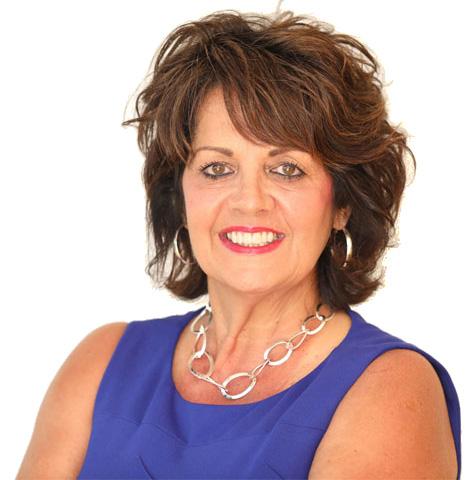

gander at Mark Carter’s article Between the Numbers on page 10. His column is written to help keep you better informed about HP’s finances.
It bears repeating: please know there’s an option for you to download this issue (or any prior issue) of BTP as a PDF (Adobe) for viewing, rather than using a web browser. When BTP is first opened, scroll down to the bottom of page 1. When there, simply click the downward arrow icon (see sample #3 below) to download
the magazine as a PDF on your laptop, iPad, or cell phone. The PDF version shows one page at a time (vs. the two pages you see side by side “on line”). Plus, if you download the issue, you can print any page you like, and also store any current or prior issue on your laptop. It’s easy-peasy!
Should you have an article to submit for the October issue, my deadline is September 4. Post Cards are always welcome! Please email to cvgolfers@gmail.com .
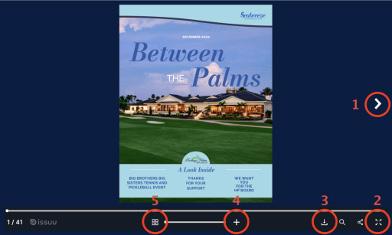

The Palms Dining Room was decorated with masques galore on Friday, July 25. 134 HP members gathered for scrumptious vittles and to dance to an awesome group, Motown Magic… and they were magical! A fun time was had by all!
JANE BREISCH, EDITOR
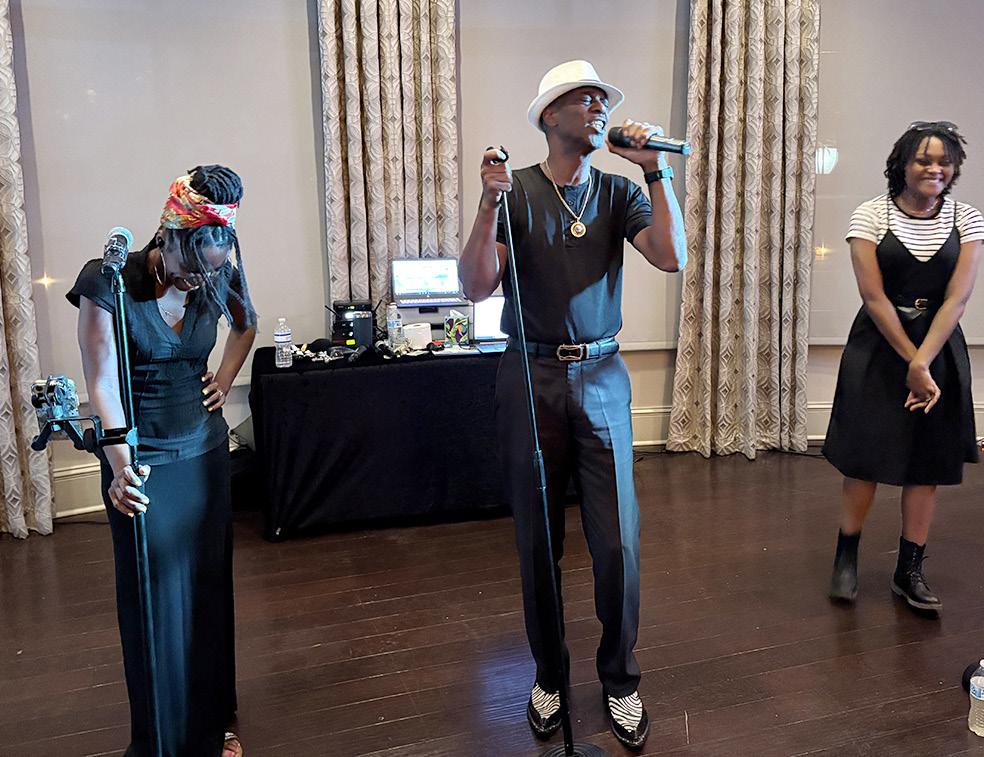
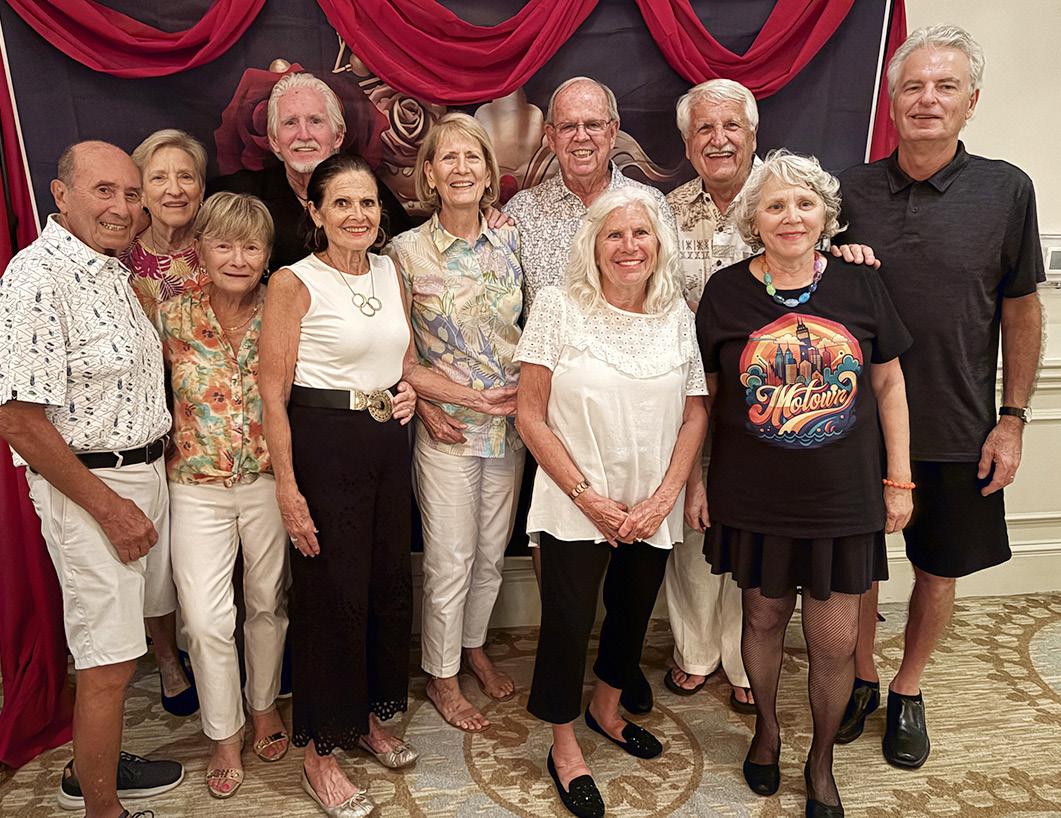
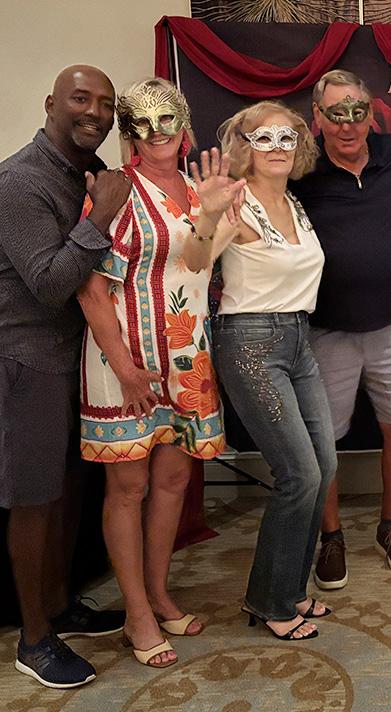

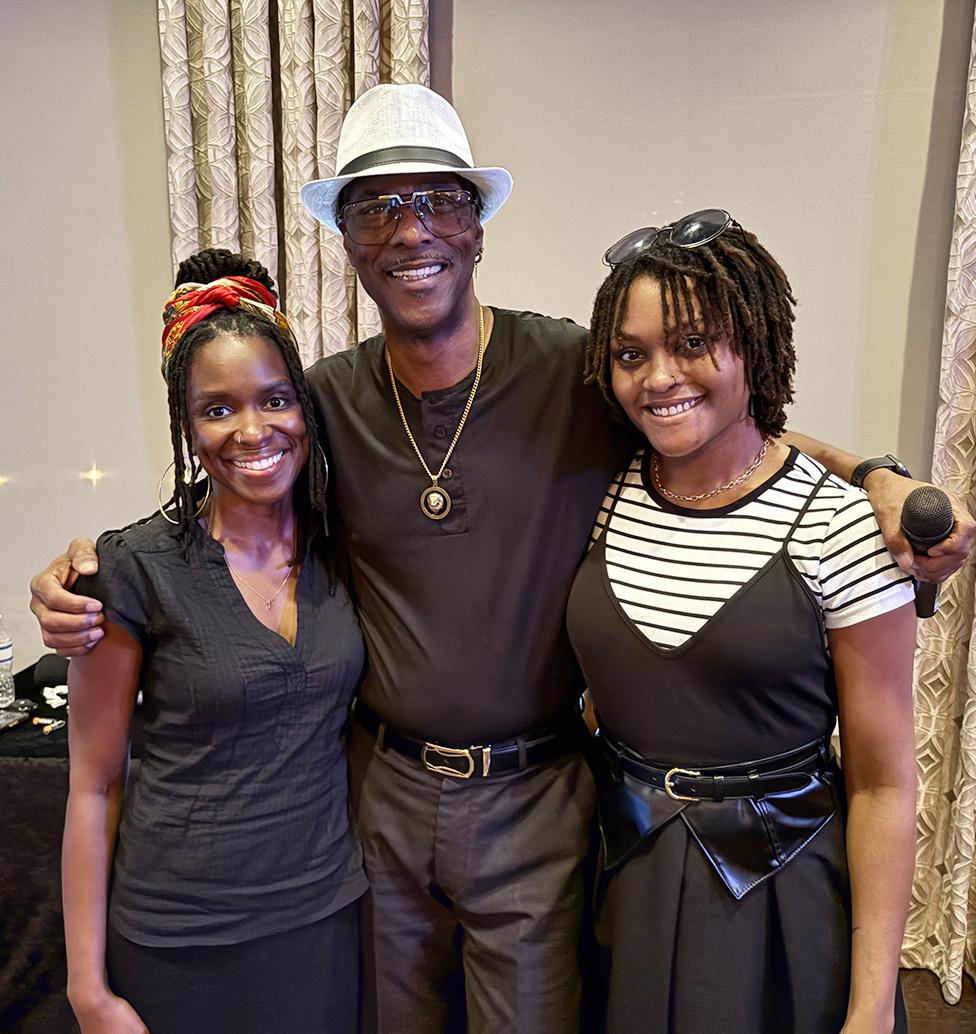
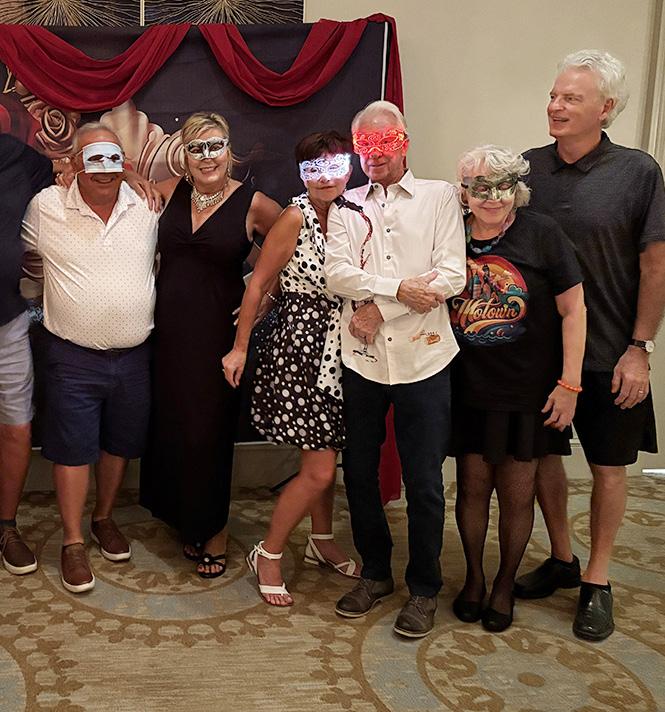
MEMBERS HAVING A BLAST.

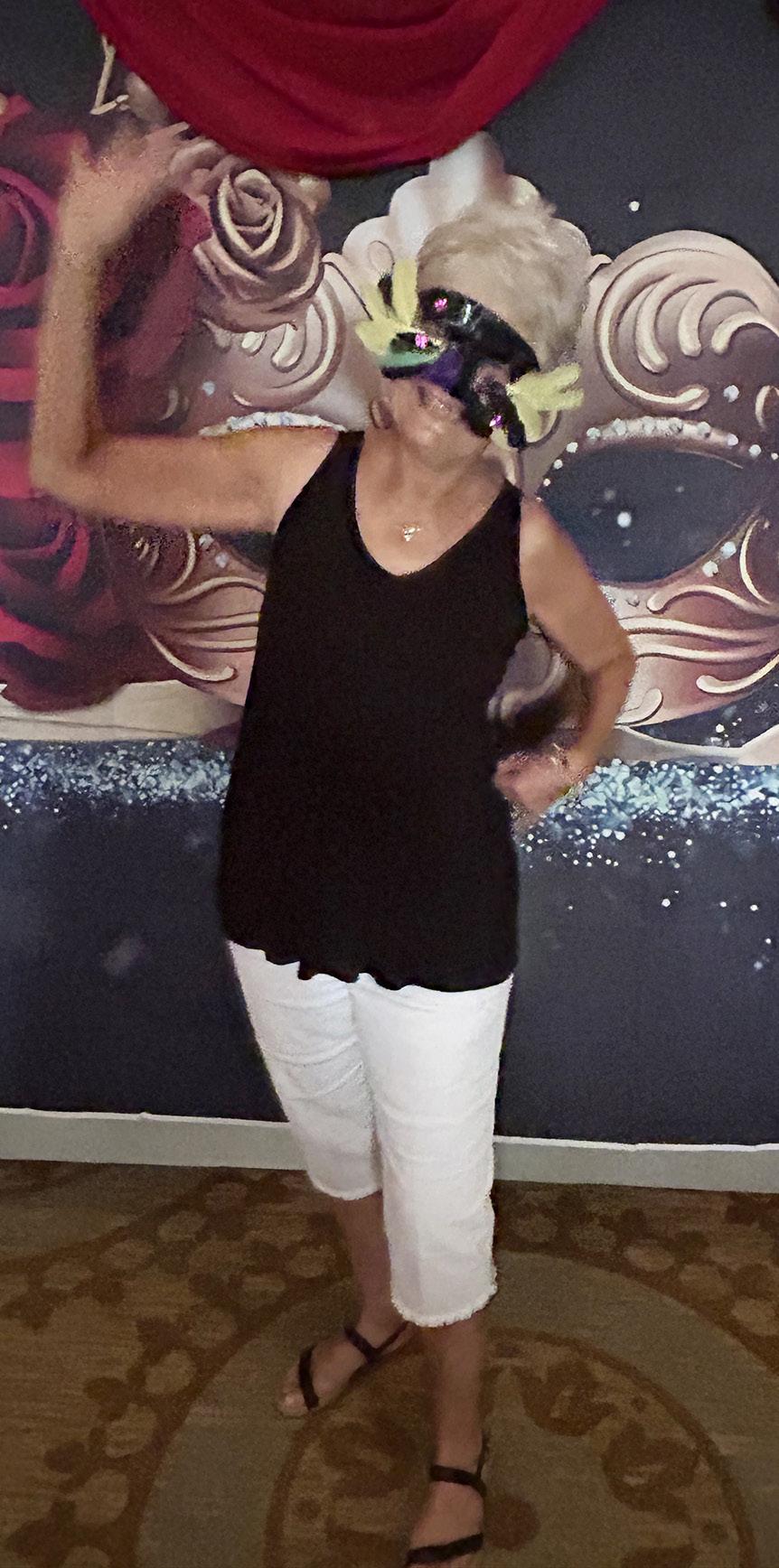
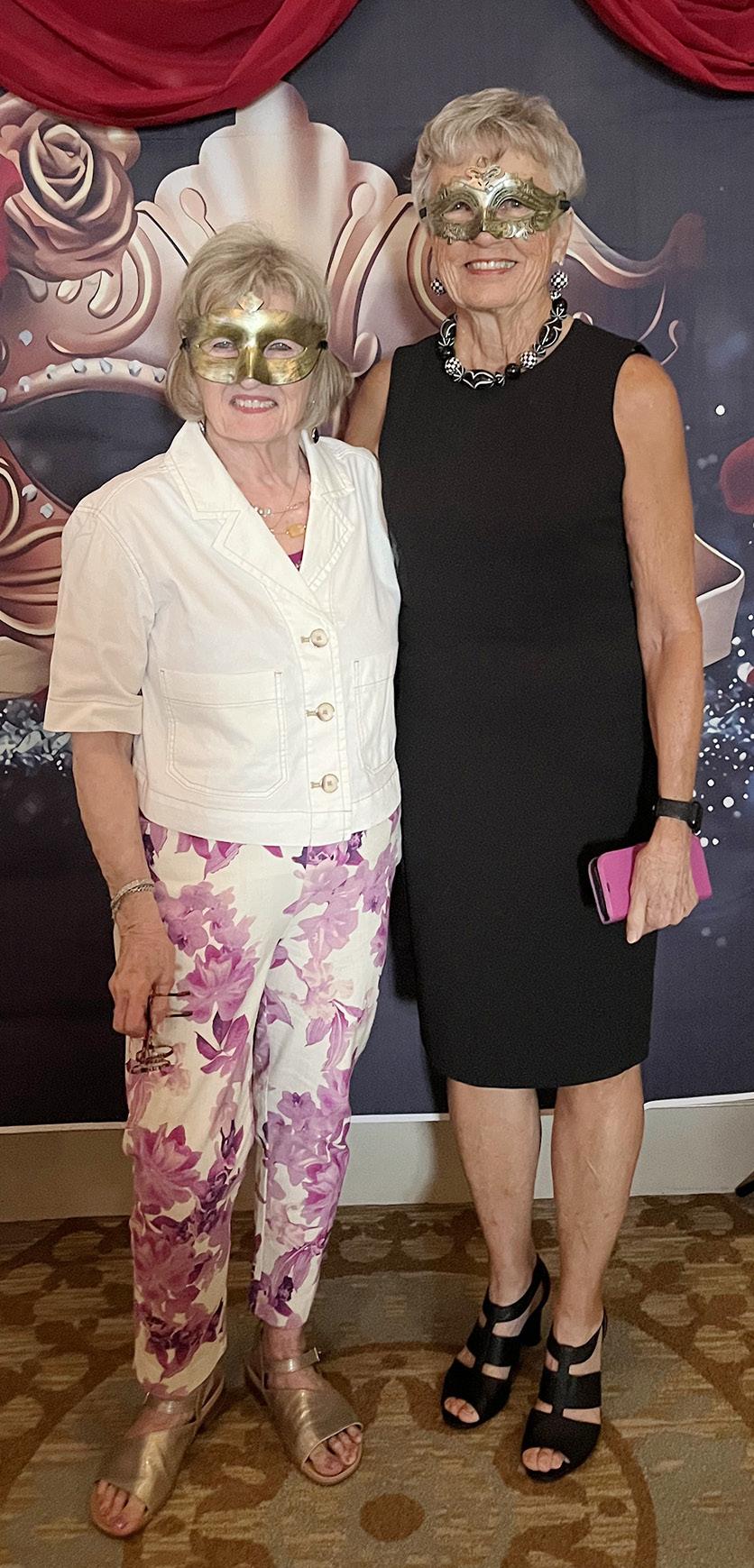
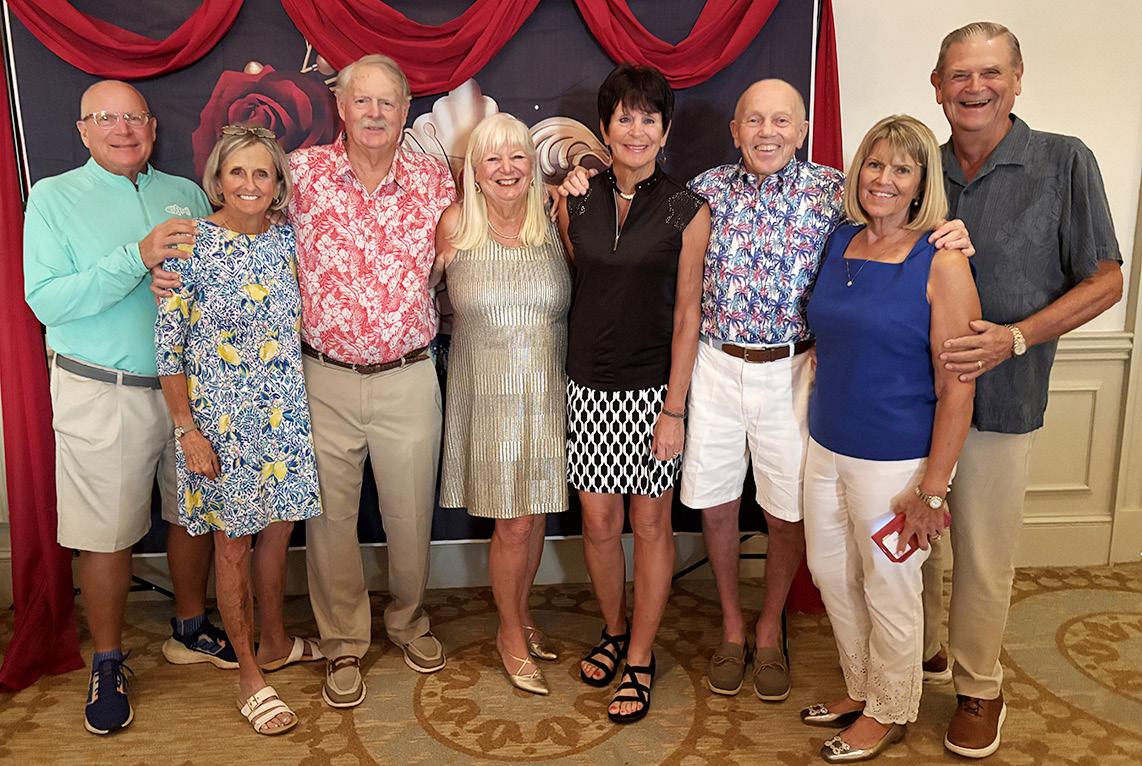
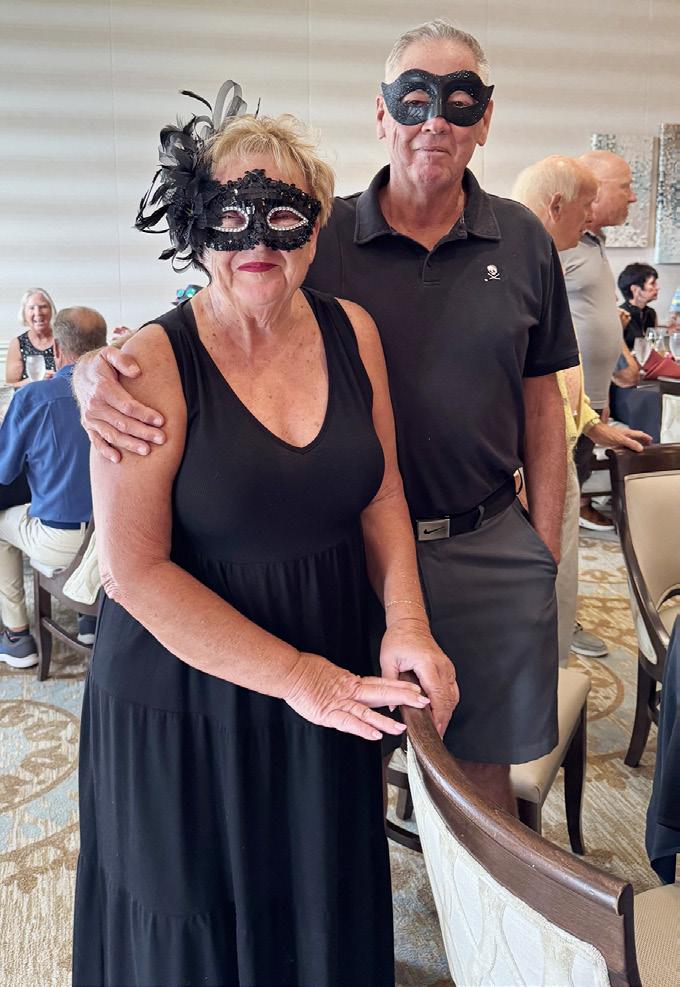
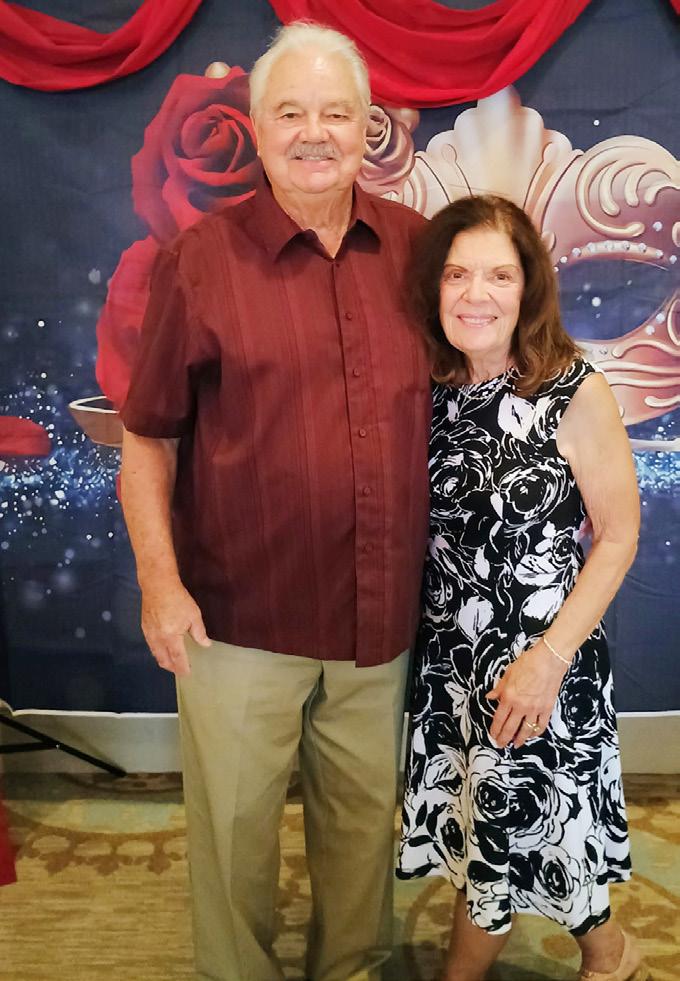
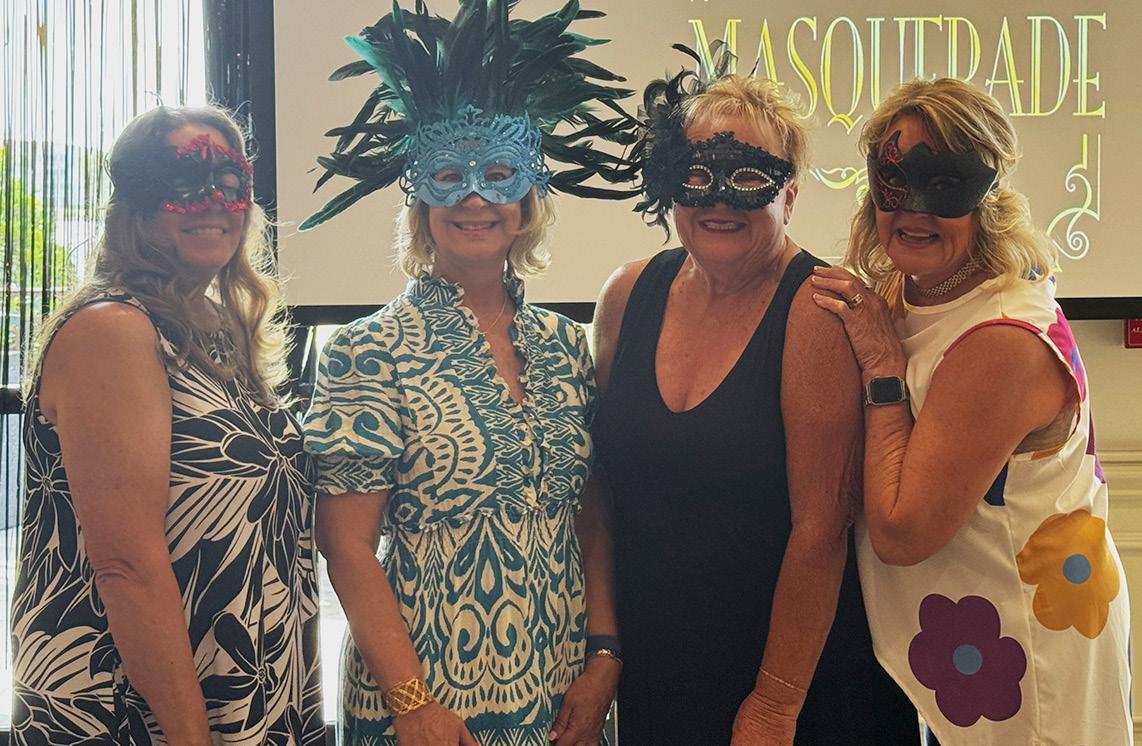
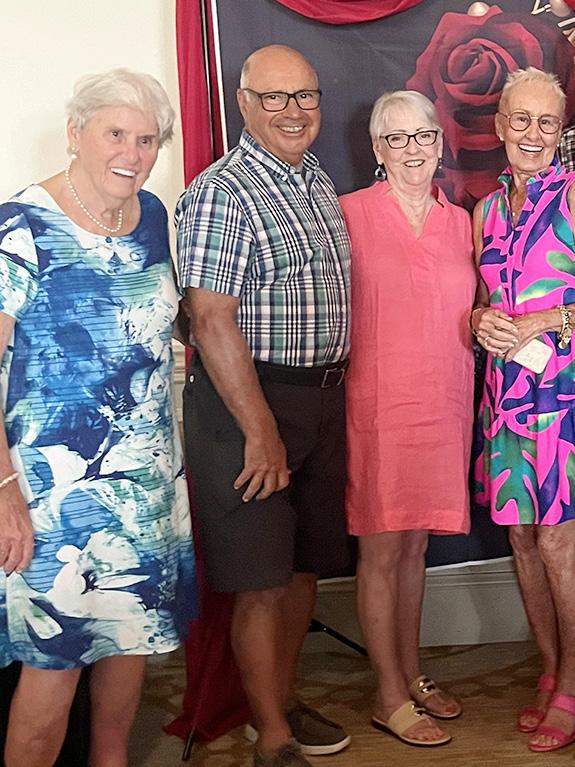
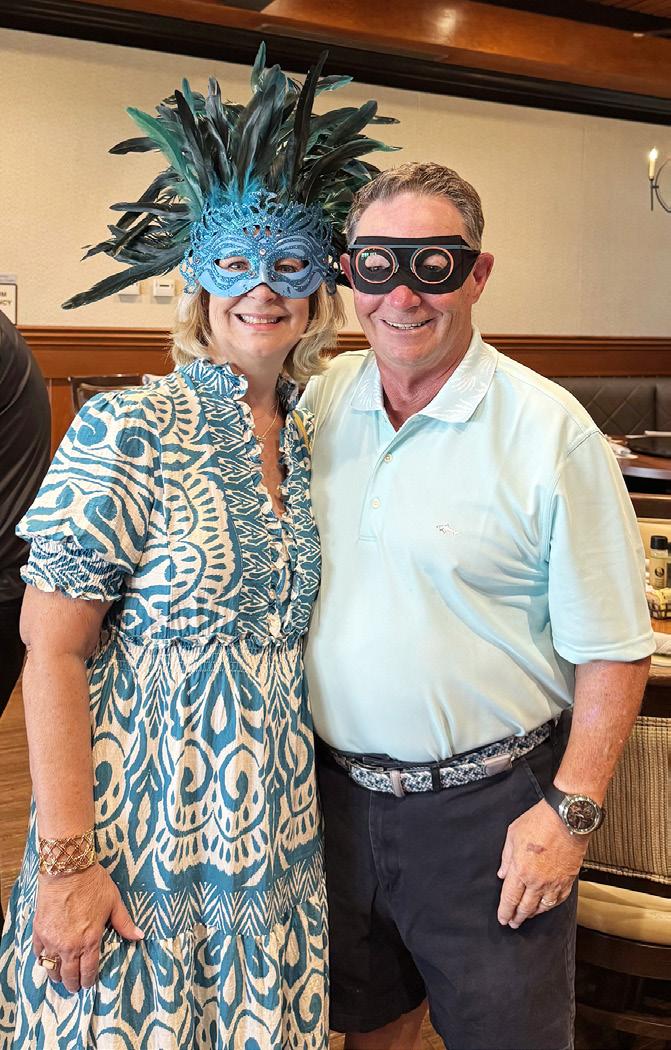

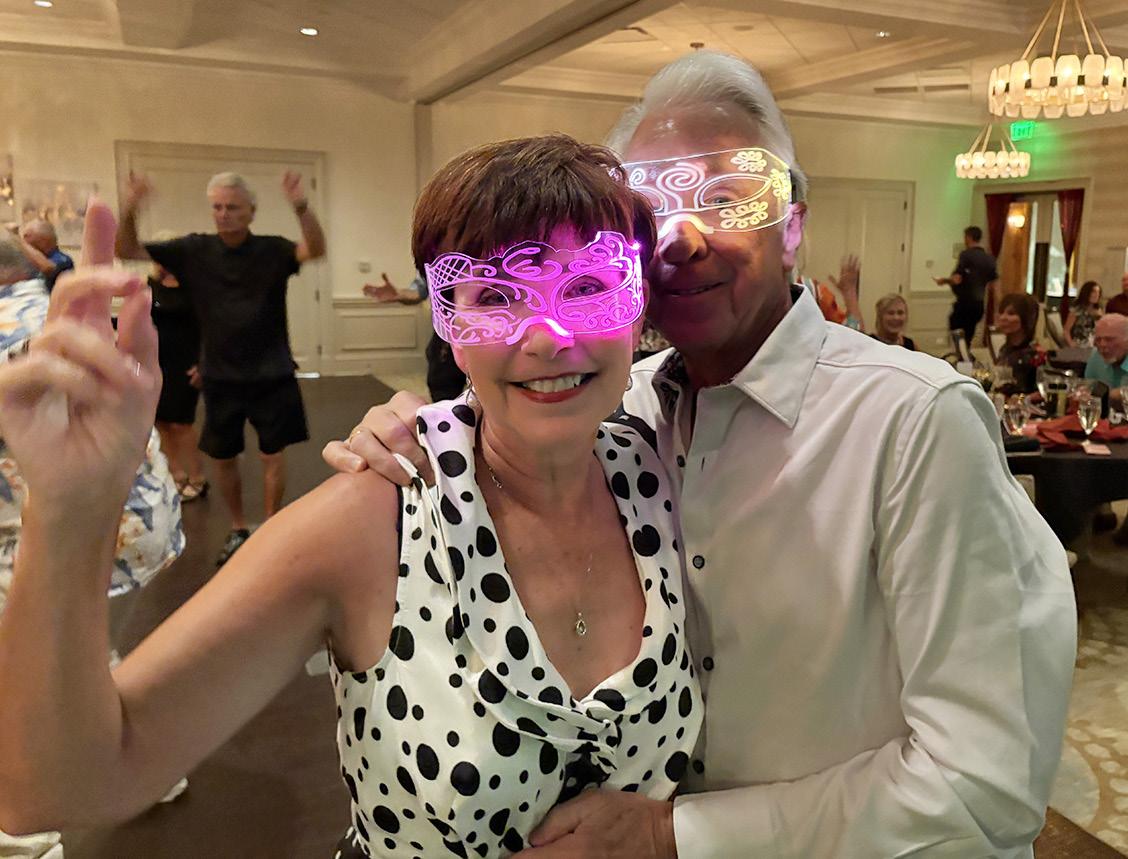
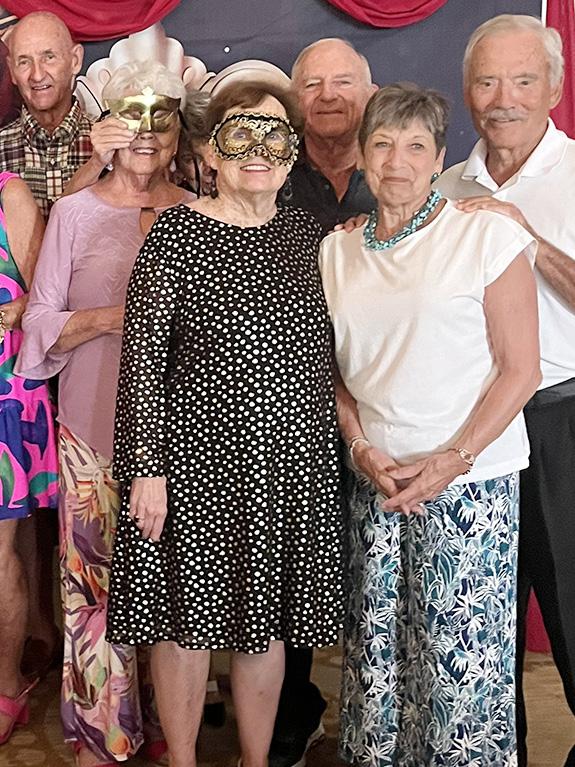
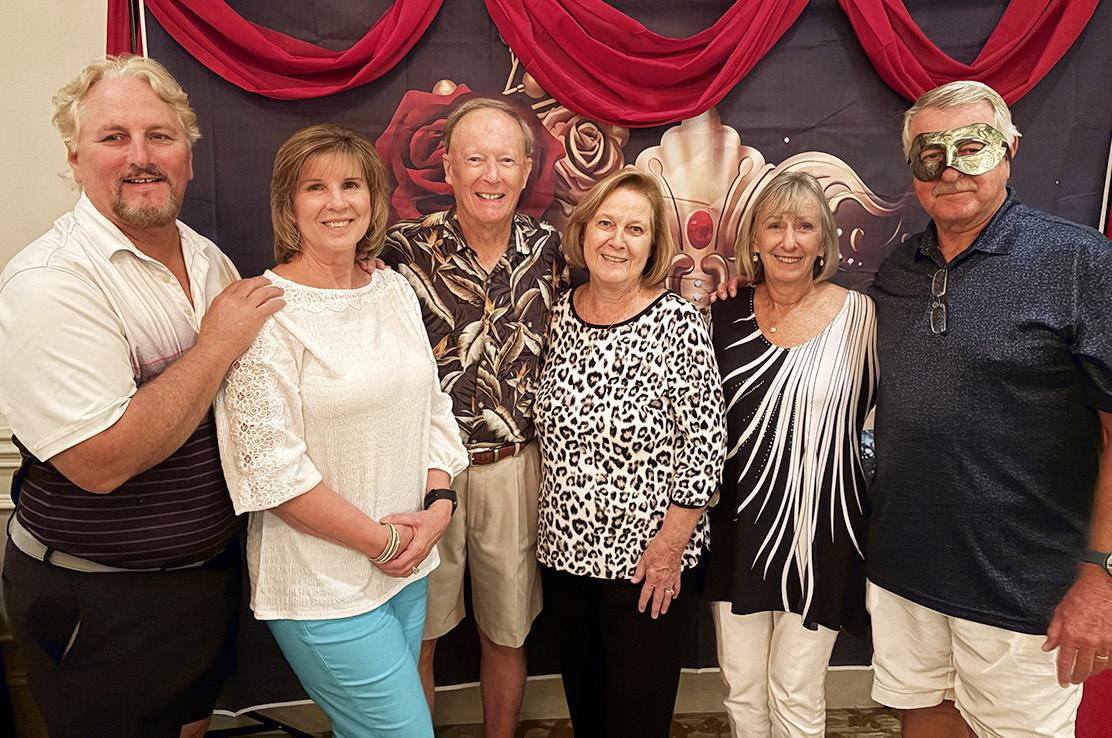
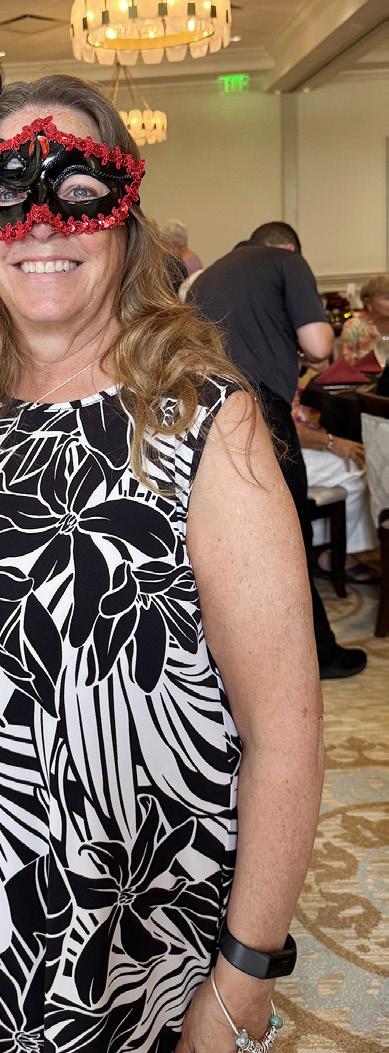
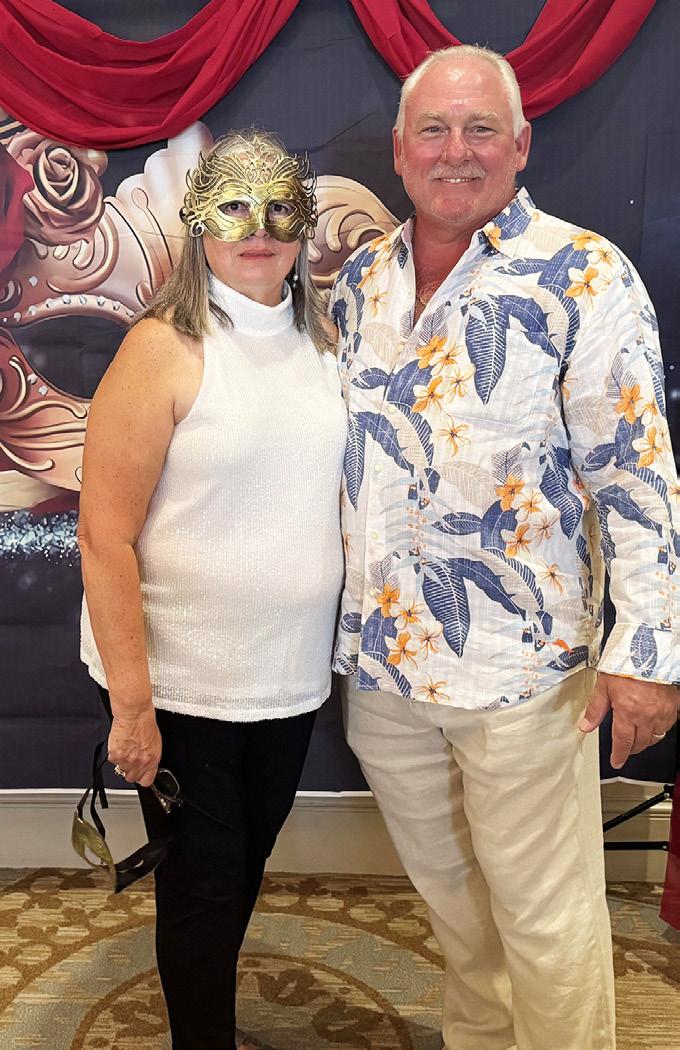


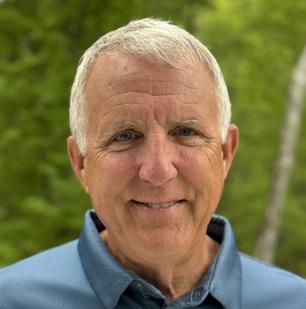
CARTER, FINANCE COMMITTEE AND COMMUNICATIONS COMMITTEE MEMBER MARKBCARTER@MAC.COM
We’ve all pondered life’s big questions:
• Why do they call it “rush hour” when we’re moving at the speed of a turtle on Ambien?
• Why do we press remote buttons harder when the batteries are clearly auditioning for hospice?
• And for some of us, right up there with those head-scratchers is… understanding financial -statements.
Now, financials might not be as funny as watching Jeff try to parallel park his golf cart, but we’re going to try. Let’s start with something that sounds as intimidating as a line at the pickleball court at 7 a.m.: The Statement of Financial Position.
Sounds like it belongs in the Wolf of Wall Street, right? But no — it’s what accountants call the Balance Sheet. (Because let’s face it, we get our kicks from spreadsheets.)
Think of it this way:
You own stuff — your house, car, golf clubs, that Picasso you think is real, and your commemorative Tiki Bar mugs. Those are your assets.
Then, there’s the not-so-fun stuff — your mortgage, credit card balances, and that tab you ran up on Taco Tuesday. Those are your liabilities .
Subtract the latter from the former, and voilà! You’ve got your equity — also known as your net worth, or what you’d be worth if you sold it all and moved into a minimalist van on Ft. Myers Beach (not recommended).
Now let’s apply that to the Club.
The Club owns beautiful assets — golf courses, tennis and pickleball courts, the Tiki/Oasis (which will soon be an asset both financially and spiritually).
It also has some debts — vendor bills, staff salaries, and loans (yes, from the members) to fund all those lush upgrades.
Assets minus liabilities = Club Equity. That’s the Club’s financial selfie on, say, December 31st. A snapshot of where we stand — and no, I didn’t use a filter.
Can you spend equity? Sure — but that would be like selling your golf cart to pay for snacks. Technically doable, but financially tragic.
The real point? The balance sheet tells us we’re in good shape. That the members, the Board, and management have been fiscally fit — doing responsible things like balancing the budget and remembering to book tee times using the Chelsea system.
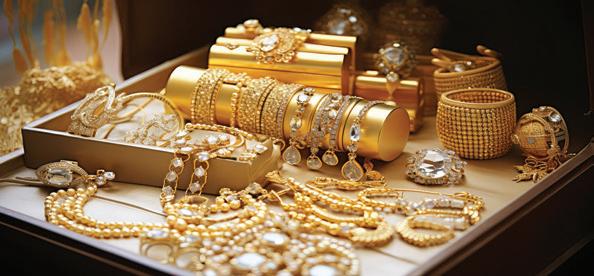

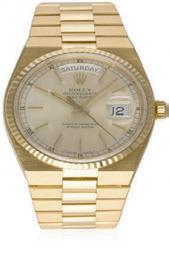
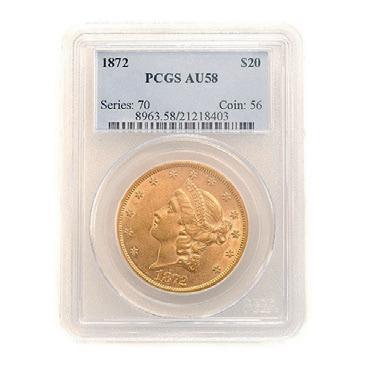
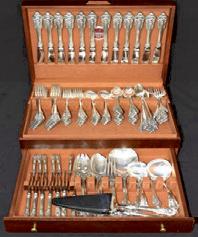

A.K.A. the Income Statement — this one’s easier to grasp. It’s like your own monthly budgeting reality show.
You’ve got income: retirement checks, Social Security, that side hustle selling slightly used tennis shoes on eBay.
And you’ve got expenses: club dues, cart fees, Medicare premiums, and a suspiciously high bar tab.



Same goes for the Club.
We take in revenue from dues, assessments, dining, and pickleball pros.
We spend on salaries, maintenance, insurance, food and beverage, and enough landscaping to keep Augusta National envious.
The goal? Spend less than we bring in. (Unlike someone I won’t name who just had to buy new clubs and matching golf outfits, but, hey, that’s a personal problem.)

Good news: The Club’s been living within its means like a retiree with a well-guarded checkbook.
Don’t let the fancy name fool you. This one just tracks where our cash came from and where it went. Spoiler: it wasn’t on designer visors.
The difference here is it only looks at actual cash — not depreciation, amortization, or other big accounting words you pretend to understand while nodding politely.
When your humble, well-trained, financially literate writer reviews the books, the verdict is in: We’ve been running a tight ship. The kind of ship that sails smoothly — not the kind that leaks money like a cooler with a broken drain plug.
So, mystery solved. No decoder ring required. Now, go treat yourself — you’ve earned a cold drink and a round of golf. Maybe not in that order.




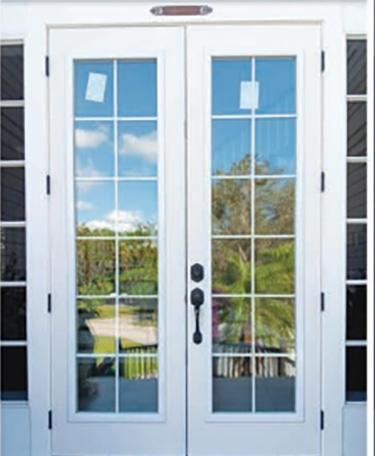




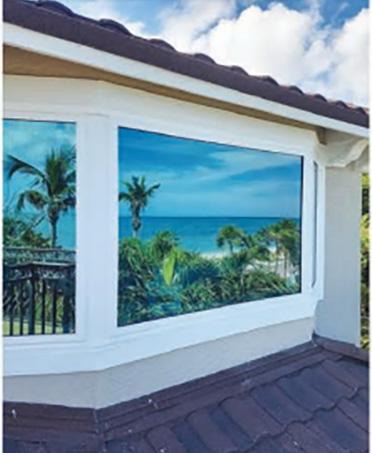




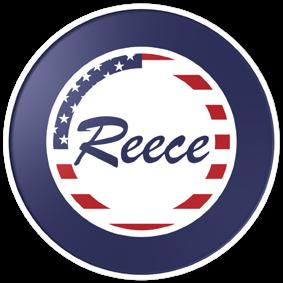

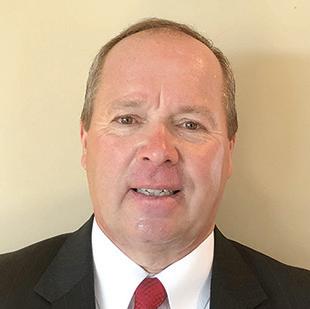
DAVE CARGILL, SAFETY COMMITTEE CHAIR AND DEE NYMAN, SAFETY COMMITTEE MEMBER
Hurricane season is upon us! The Safety Committee wants to remind everyone to be prepared.
CHARGE UP! Remember to keep your cell phones, computers, and power banks fully charged prior to any warnings in the event of a power outage. And top off gas and propane tanks to avoid long lines and shortages.
Our Safety Committee also developed a Disaster Planning “To-Do” Checklist for our membership. It’s a multi-page document which will help you plan for any possible disaster.
The Checklist is broken down into two sections:
1. things you need to consider if you are planning to leave HP during a disaster.
2. things you need to consider if you are planning to stay at HP during a disaster.
You may think you’re prepared, but have you:
• Up-to-date photos of the inside and outside of your home (including the garage) on your cell phone, tablet, or PC?
• Backed up your PC and stored the thumb drive in a secure place?
• Ensured all important documents (including insurance policies) are in a safe place?
• Unplugged all unneeded appliances (TVs, radios, etc.)?
• Have the right size batteries for your portable radio for when the power goes out?
• Turned your air conditioner to 78 and your Humidistat to “on”?
• Made extra ice and stored it in your freezer or cooler?
• If leaving, turned off your ice maker?
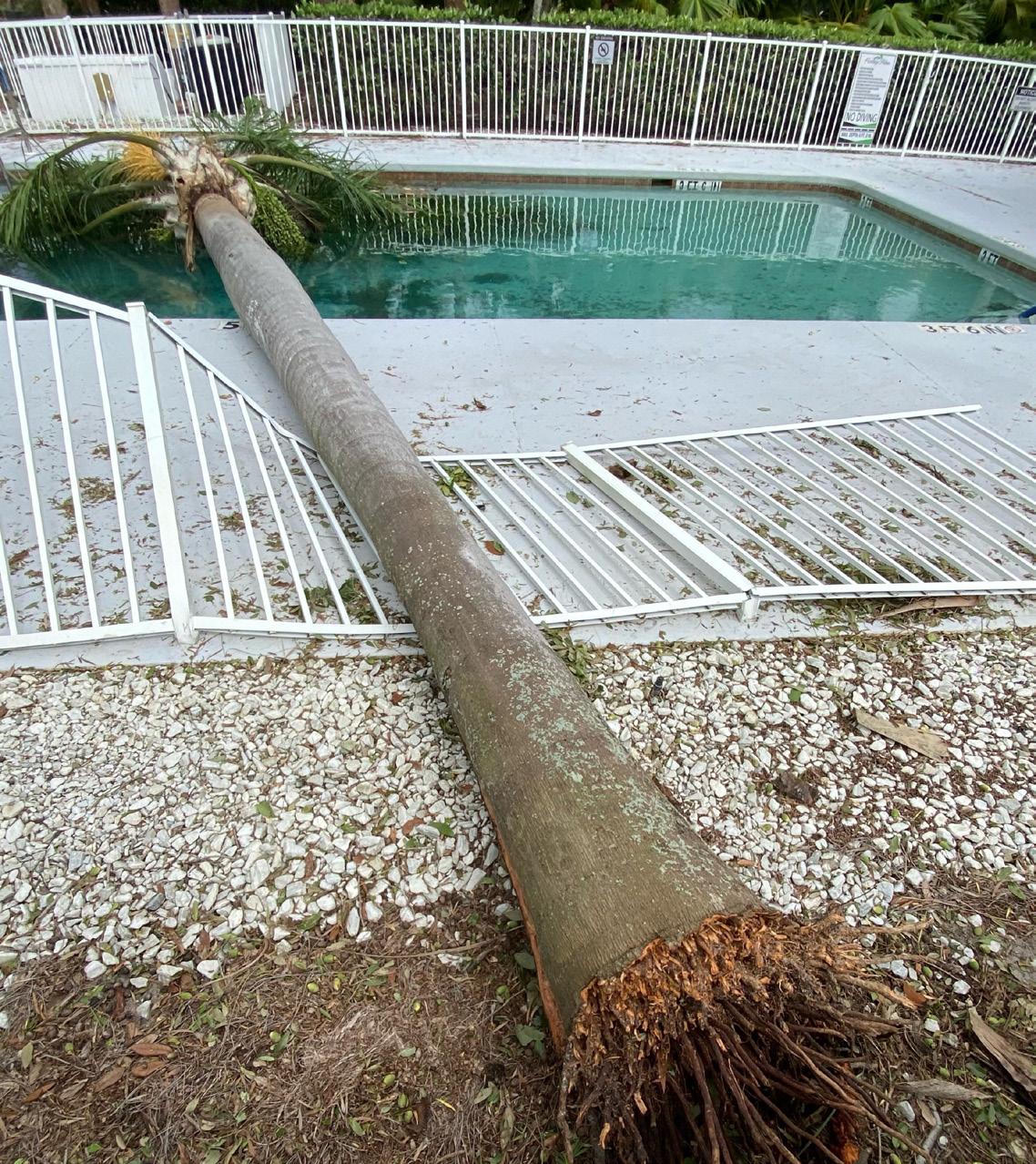
• Brought in all your Lanai furniture and installed storm shutters?
• Fully charged your cell phone and other electronic devices? Have all your power cords?
• Filled your car(s) with gas?
• Put towels on the windowsills and in front of the Lanai doors?
• Filled the bathtub with water, and placed a bucket by it the day before the storm?
These are just a few examples of the many recommendations we’ve compiled. We strongly suggest you review the check list, print it out, and have it readily available in the event of any hurricane heading our way. These “To-Do” Checklists are available on the HP website. Simply go to: www. hpgcc.com>Community>Resource Center>Disaster Planning . A hard copy is also available in the flyer rack in the Clubhouse hallway.
Stay hurricane aware!
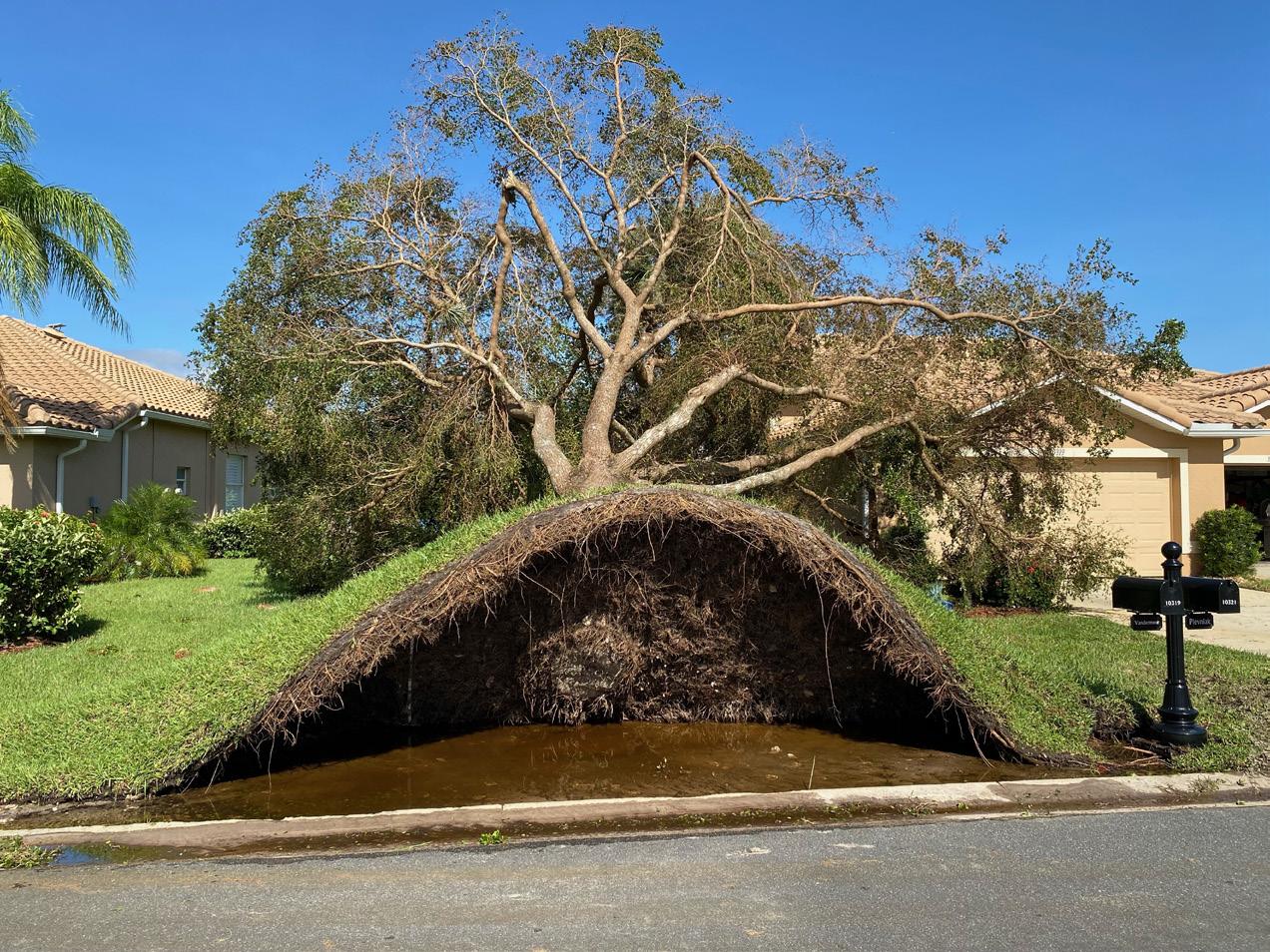

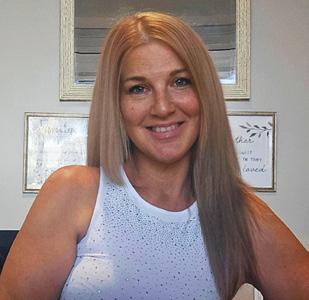
LISA SCHNECK, CPT, CNC
WELLNESS AND ACTIVITIES DIRECTOR
LSCHNECK@HPGCC.COM
Whether you’re teeing off at sunrise, or walking from your car to the Clubhouse, one thing is constant in SW FL: the heat. While most of us know to carry a water bottle, we may not understand the full picture when it comes to hydration’s wide-ranging impact on our overall health.
Why hydration is crucial We are made up of roughly 55-65% water. A drop in fluid level of only 2% can have a far-reaching impact on our performance and how we feel. As we get older, our bodies hold less water, our thirst signals become weaker, and we’re more likely to be on medications that can affect fluid balance. Add summer temperatures and a round of golf? You’ve got a recipe for dehydration.
Here’s how hydration supports overall health
• Cognitive Function: Even mild dehydration can cause fatigue, brain fog, slower reaction times, and poor focus, which is not ideal for your golf swing or social life.
• Joint and Muscle Health: Water keeps cartilage soft, and joints lubricated. Dehydration can lead to stiff joints, cramps, or worsening arthritis symptoms.
• Heart and Kidney Function: Hydration helps regulate blood pressure and supports healthy kidney function, including flushing out toxins.
• Sleep and Energy: Proper hydration reduces nighttime leg cramps, helps maintain stable energy, and may even improve mood.
Dehydration vs. overhydration: the sweet spot
It’s not just about drinking more … it’s about drinking intelligently. Both hyponatremia (low sodium) and hypernatremia (high sodium) can be dangerous.
• Dehydration / Hypernatremia (Too little fluid): Headache, dizziness, dry skin, dark urine, constipation, fatigue, low blood pressure, rapid heart rate.
• Overhydration / Hyponatremia (Too much water, not enough salt): Nausea, confusion, muscle weakness, irritability, in severe cases, seizures or coma.
Practical tips for staying well hydrated
• Start your day with water — before coffee.
• Aim for 6–10 cups per day, more when sweating or active. (Each person’s needs vary.)
• Include electrolyte-rich fluids like coconut water, low-sugar hydration powders (e.g., LMNT, DripDrop), or broths.
• Eat water-rich foods like cucumbers, berries, melons, oranges, and soups.
• Watch urine color: Pale yellow = hydrated. Dark = drink more. Crystal-
clear consistency? You may be overdoing it.
• Don’t rely on thirst alone. Keep a bottle with you and sip regularly.
Should you supplement electrolytes?
Older adults are particularly vulnerable to electrolyte imbalance, especially when sweating, taking diuretics, or drinking excessive plain water without minerals. When we sweat, we don’t just lose water –we lose sodium, potassium, and magnesium
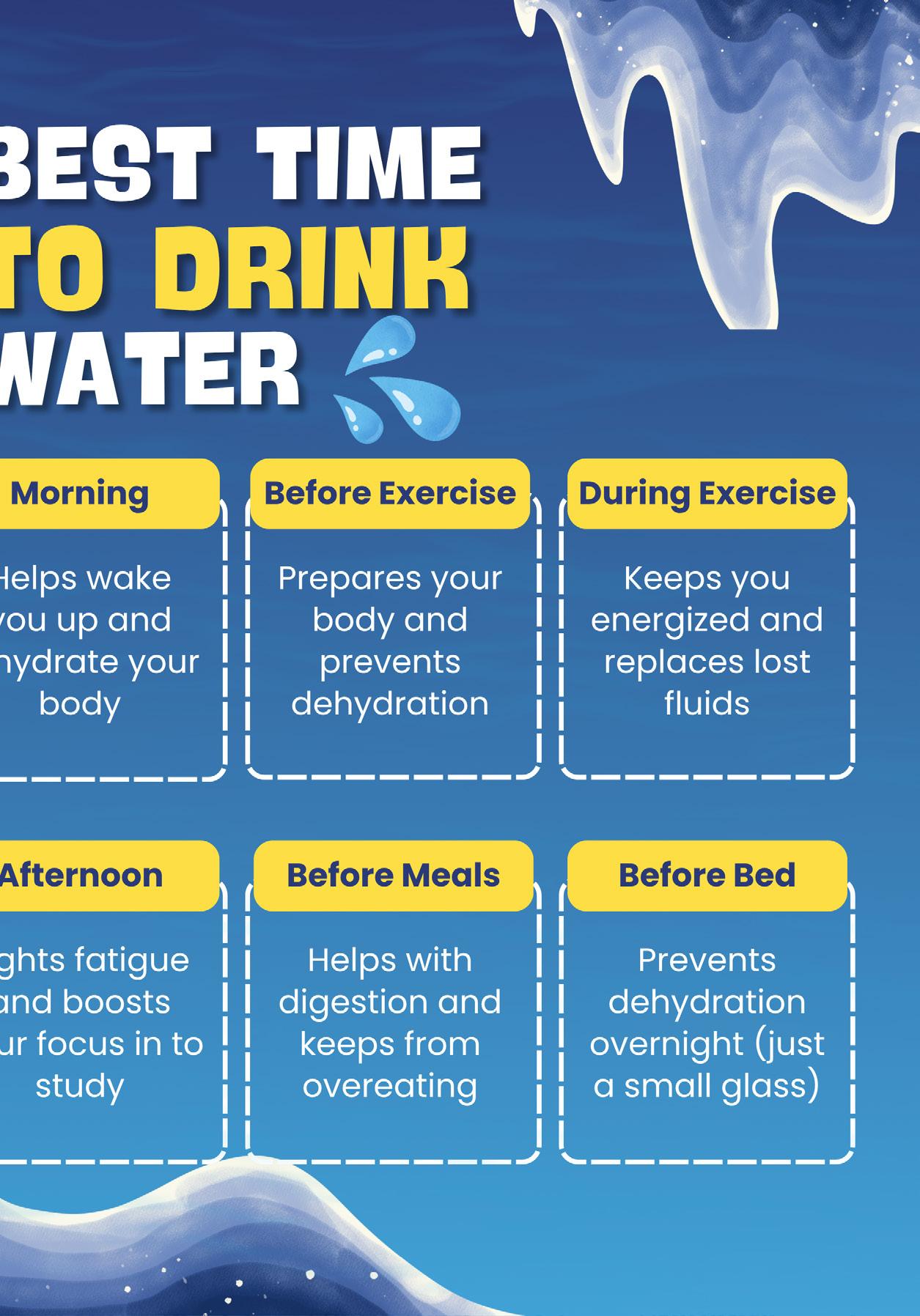

which are all vital to all the processes in our body. It’s important that we put these electrolytes back into our system. If, instead, we simply drink a lot of water, the low balance of sodium to water in our blood will cause the tissue of our body to absorb all this excess water, creating the lifethreatening condition of Hyponatremia.
You should consider supplementing electrolytes if you:
• Sweat heavily (golfers, pickleball players, etc.)
• Take blood pressure or diuretic meds
• Have muscle cramps or frequent fatigue
Remember to avoid sugary sports drinks. Look for products with minimal additives and a balance of electrolytes — not just sugar and salt. Hydration packets are available at most grocery stores.
Think of hydration like sleep: it works best when it’s consistent. A little here and there won’t cut it, and you can’t “catch up” on water all at once. Your body performs best when you’re hydrated every day. Even on days when you’re not on the course, court, or gym equipment.
Let’s raise a glass (of water) to better energy, healthier joints, and a sharper mind!

We’re all searching for the next vacation, an exciting new hobby, and more time with loved ones. In short, we’re all looking for more happiness in our lives. And why shouldn’t we? Many people, however, assume that finding joy is harder as we age.
This negative perception has given aging a bad rap: The older we get, the less happy we are. But not so fast. Those so-called “golden years” might be more than just a euphemism to make us all feel better about getting older. Recent research brings to light a reassuring message on age-dependent happiness, claiming that older adults are actually much happier than their younger counterparts. Here’s what the research shows.
JANE BREISCH, EDITOR
Researchers compiled responses from over 460,000 participants regarding subjective well-being across their lifespans. Dr. Susanne Bücker, a German Developmental Psychology and Educational Psychology professor, spoke about the study’s results. She explained that “three central components of subjective well-being” were considered: life satisfaction, positive emotional states, and negative emotional states. Respondents were asked to rate their happiness levels based on these parameters.
The findings were surprising. The happiest group wasn’t 20-year-olds who spent weekends on the town or even those in their 50s with newfound freedom as empty nesters. Instead, the most gleeful group is decades older — those in their 70s! This group reported higher levels of life satisfaction, more frequent instances of positive emotions, and fewer instances of negative emotions compared to all other ages.
If 70 is the pinnacle of happiness, what does this mean for other decades? Beginning with the youngest respondents, children’s happiness levels actually decreased between 9 and 16. The general dissatisfaction seen in children and teens was attributed to puberty, physical and social changes, and navigating many new life stages in such a short number of years. From 16 through the early twenties, thirties, forties, and on, happiness steadily increased. These results are interesting, considering so many life changes happen during these years, including marriage, divorce, having children, and career changes, just to name a few. Despite being known for their turbulence, these decades seem to bring joy to most people.
In Western culture especially, we have a negative perception of aging, but these new findings flip that idea on its head, encouraging us to believe that the best is yet to come. More Americans are beginning to take notice that those glory days of our teens and twenties weren’t all they’re cracked up to be. In one recent po ll, when asked what age they’d like to be stuck at forever, respondents’ most popular answer (at 40%) was somewhat surprising: age 36. Although this skews older than we’d assume, it is still far from our happiest age.
While the research indicates that our fear of aging is unfounded, only 41% of respondents in the same poll said they actively embrace the aging process. However, 71% acknowledged that it’s becoming more common for Americans to accept their age — a promising turn in the general attitude toward growing older. Hopefully, this positive trend will continue as we embrace aging and learn to enjoy the happiness that comes with the journey.

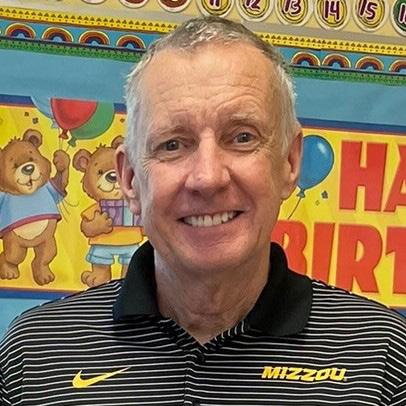
BILL FECHTER, HPPA PRESIDENT BILL@THEFECHTERS.COM
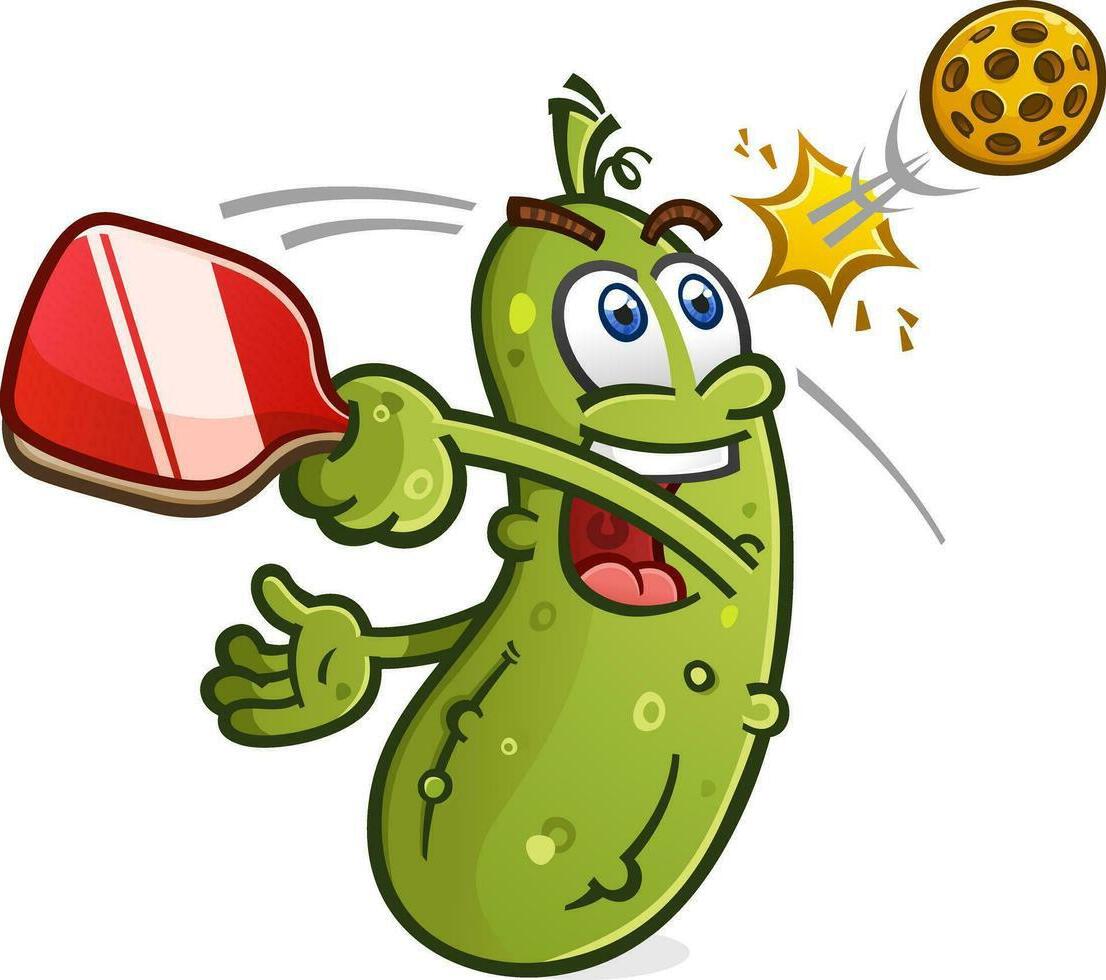
The Heritage Palms Pickleball Assoc. is excited about the upcoming season, with the addition of our four new pickleball courts. Now that the new courts are completed, we have investigated joining a pickleball league for 2025-26. The best option appears to be the Fort Myers/Lee County Pickleball League.
This league will have three six-week sessions for our upcoming season. The first will begin mid-October, with registration starting in early September. The second session will begin early January, and the third in early March. We’re very excited to offer this option to our HP community. Teams are not required
to play in all three sessions, and the team can also have extra members to allow for substitutions.
When registering, a team can choose to play late morning, evenings, or Saturdays.
We will begin the process of forming and registering teams in the next two months. The league has three levels of play, and three categories of play.
• 3.0 – 3.49 Men, Women and Mixed Doubles
• 3.5 – 3.99 Men, Women and Mixed Doubles
• 4.0 + Men, Women and Mixed Doubles
Sign up information will be going out to HPPA members soon. If you’re not a current member of the HPPA and you’re interested in the league play, please reach out to the Tennis/Pickleball Pro Shop and give them your name and contact info and we’ll get you on a team.
More information about the league can be found at Petedpickleballcoaching.com .
• Open play for all courts will continue until the end of September (courts aren’t busy at this time)
• November 20 will be the official Grand Opening of the new courts. Chad and Daniel will challenge pros from other communities to pickleball and then tennis. The Cabana will remain open for the event.









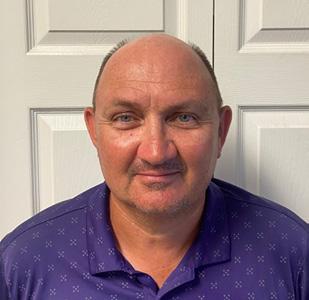
CHAD DYER, DIRECTOR OF RACQUET SPORTS CDYER@HPGCC.COM
It’s summertime, so that means Junior Summer Tennis Camp. This year, we held camp for seven weeks (three weeks in June, and four weeks in July). Our camps ran from 11 a.m. until 2 p.m., MondayThursday. The children’s ages ranged from 5 to 14 years old.
The first hour and a half was mostly tennis drills, fun, and games (Dodgeball, four square). Lunch was at 12:30 p.m. in the Clubhouse, where the kitchen staff prepared “kid-friendly meals.” The last hour of camp was either the pool, driving range, or more tennis. Due to the summer
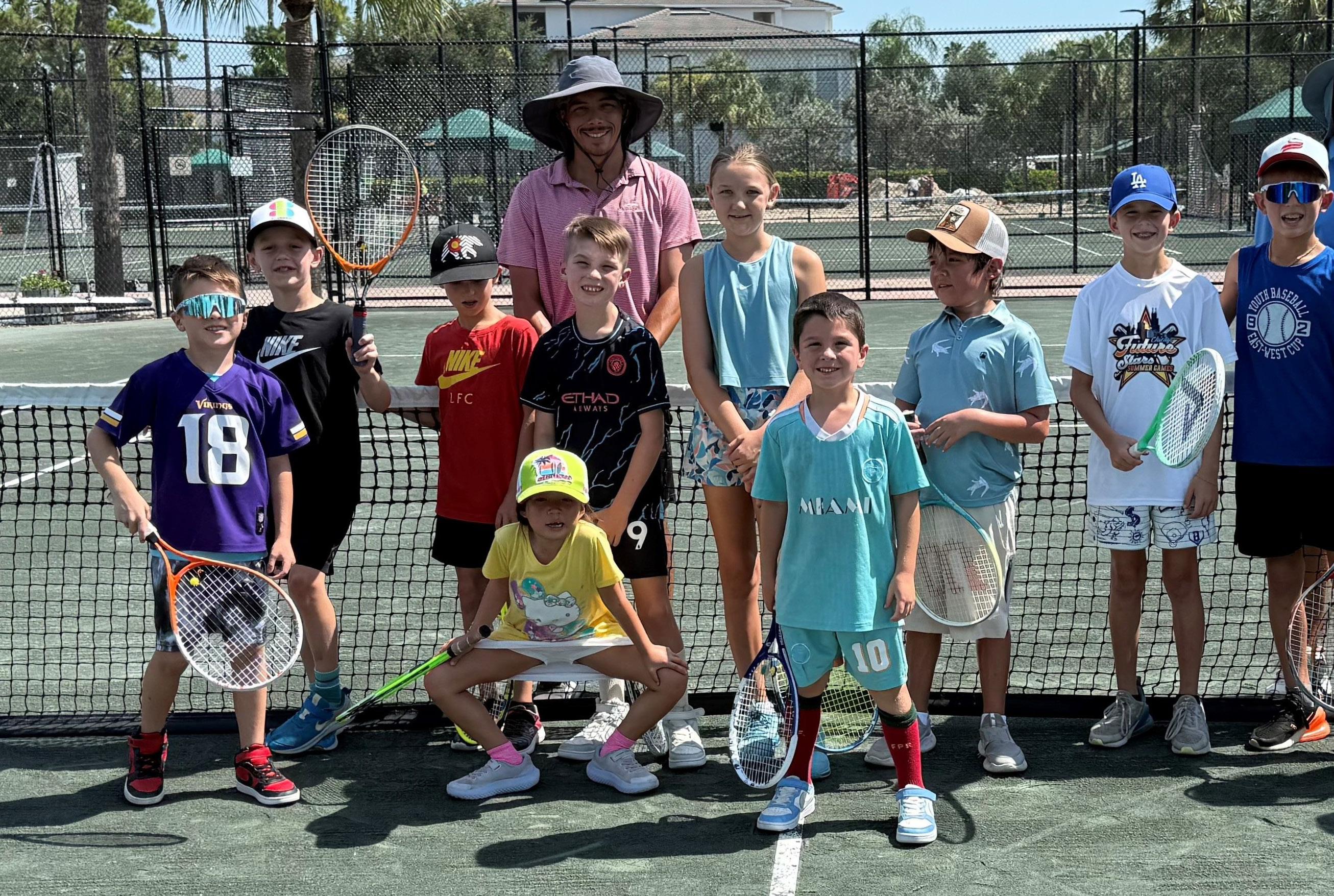
heat, most kids chose the pool. Our camp kids consisted mostly of members of children, or grandchildren on vacation.
Head Tennis Pro Daniel Camacho oversaw running the camp. Tennis Pro Carolyn Lawver and I helped as well. Daniel and I gave away prizes at the end of the
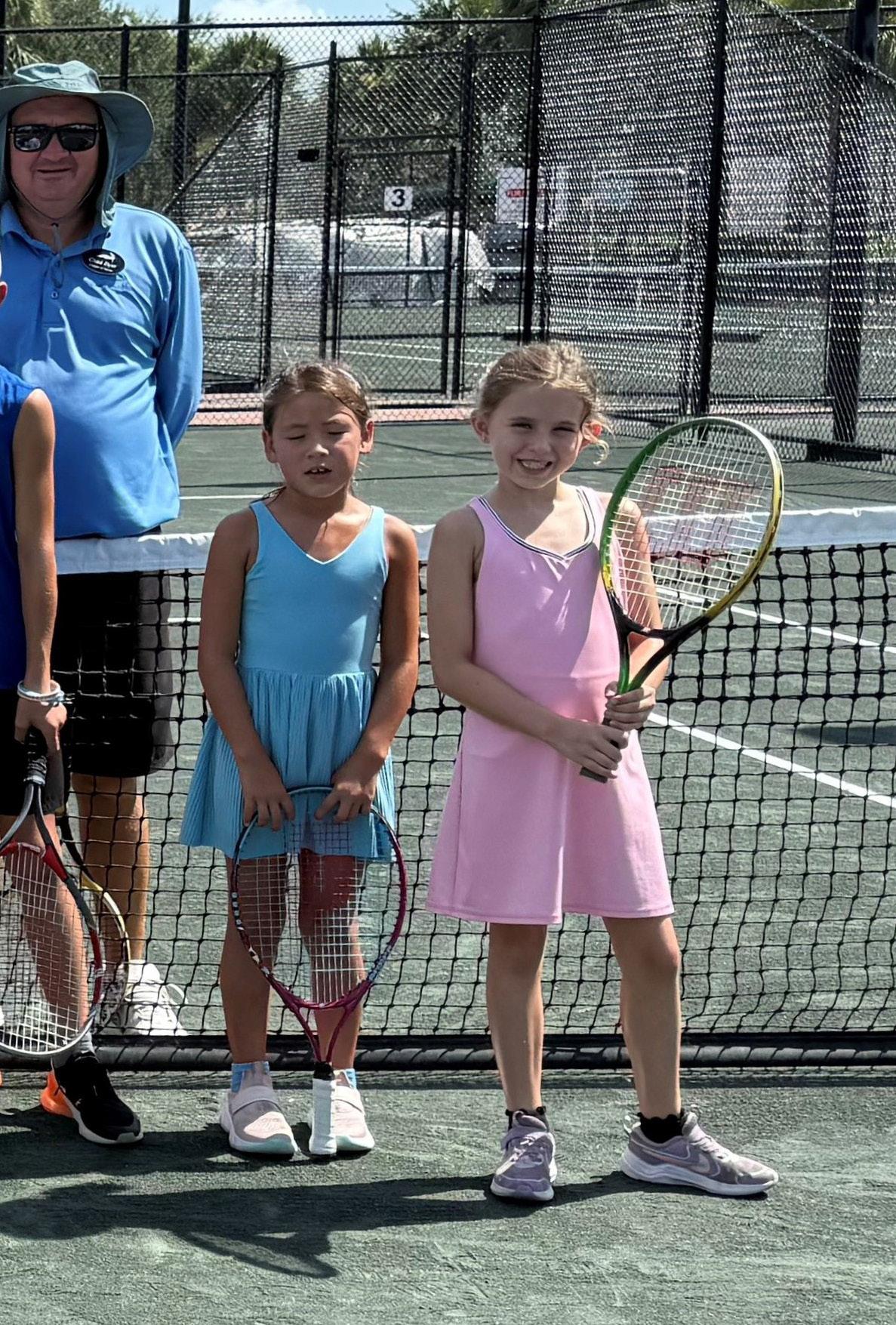
week for team and individual events. The number of kids participating each week varied from six to fifteen.
Starting in early September, we’ll be starting after school classes on Mondays and Wednesdays from 4 to 5 p.m. For more info, call 239-336-0430.


TERRY PIGEON, HP RESIDENT TPIGEON926@GMAIL.COM
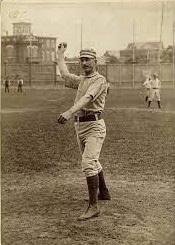
Have you ever wondered why baseball captures the hearts of millions? It’s not just a game; it’s a cultural phenomenon that weaves its way into your life. From the crack of the bat, to the thrill of a home run, baseball has a magic that’s hard to resist. You’ll find fans of all ages filling stadiums, sporting their team’s colors, and sharing moments that turn into cherished memories. It’s the timeless appeal and the suspenseful strategy that make every pitch count.
Let’s dive into why this sport continues to be a home run with fans around the globe by investigating the progression of ancient bat and ball games which led to today’s game.
One such game is Rounders, thought to have originated in Britain, with the earliest documented reference appearing in 1744 in the book A Little Pretty Pocket-Book. However, the game, or something very similar, may have been played even earlier, possibly dating back to the Tudor era, 1486 to 1603, according to some historical sources. The game was formalized with standardized rules, first in Ireland in 1884 by the Gaelic Athletic Association, and then in the UK. Rounders is played on a diamond shaped field with nine players per side. The game uses posts instead of bases, and bats are shorter than used in baseball.
It typically has two innings per game, and an inning ends when all batters have had a turn or when nine outs are made. In Rounders, points, called “rounders,” are scored when a batter hits the ball and successfully runs around all four bases
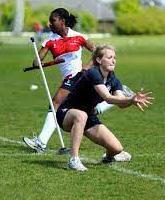
IN ROUNDERS, POSTS ARE USED RATHER THAN BASES, AND BATS ARE SHORTER.
touching the posts with their bat without being put out, or if a player fails to hit the ball but still reaches the fourth post. A “half rounder” can be scored if a batter reaches the second or third post in a single hit without being put out, or if they fail to hit the ball but run to the fourth post. The game remains a very popular intramural sport in Great Britain. To enjoy the Rounders YouTube video, go to: England v Wales Rounders MatchYouTube.
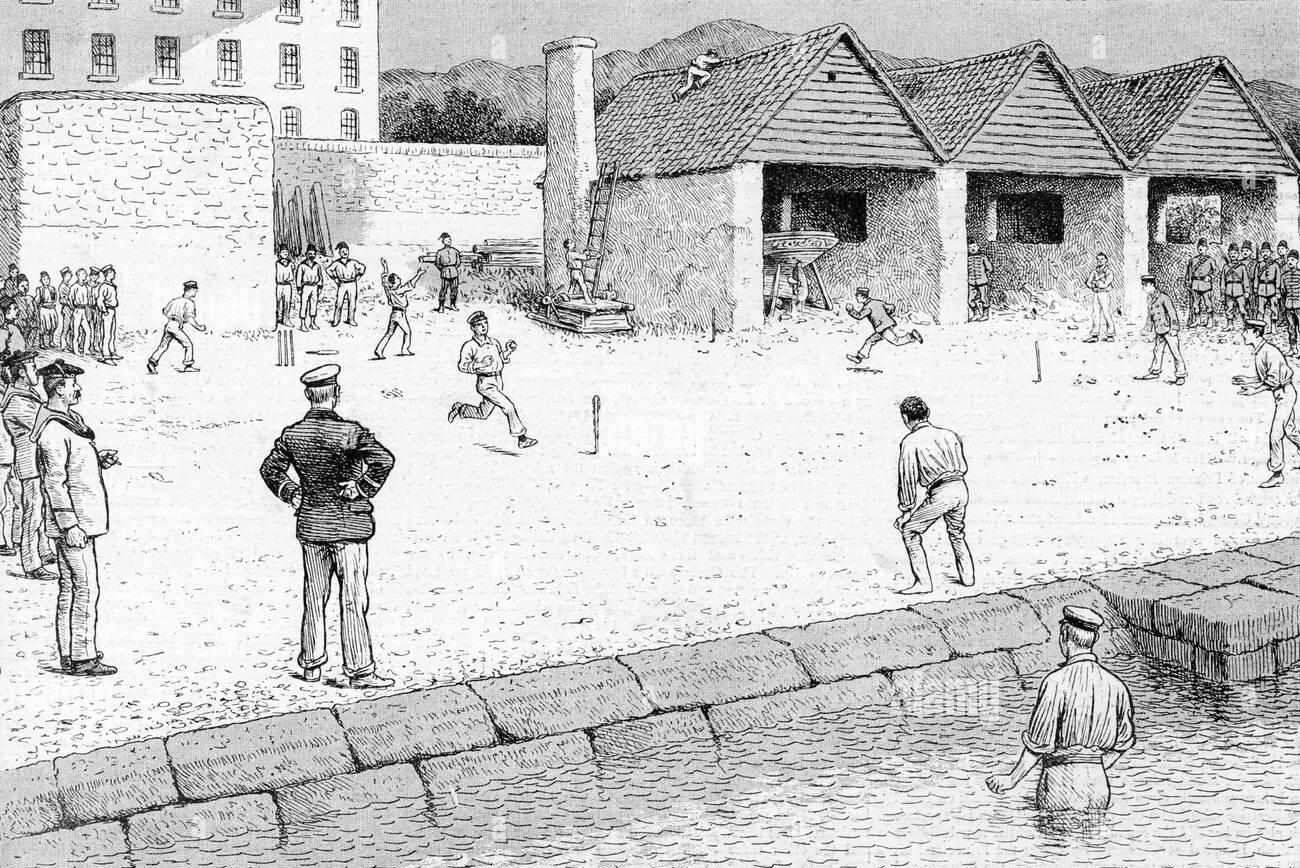
IN 1897.
Baseball Before We Knew It: A Search for the Roots of the Game is a 2005 book by David Block about the history of baseball. Block investigates the early history of baseball, the debates about baseball’s beginnings, and presents new evidence.
The account, first published in 1905, that Abner Doubleday invented baseball in 1839 was once widely promoted and widely believed. However, this belief was discredited almost immediately. Although the Doubleday myth was never taken seriously by historians, Block showed that the narrative which supplanted it was also deeply flawed. In this accounting, baseball was understood as the derivation of an English children’s game, rounders, but America was allowed to retain patrimony over its national pastime through the assertion that it had been reinvented as a modern sport by the members of the
New York Knickerbockers, who codified its rules for the first time in 1845. This idea, according to Block, is wrong in almost every aspect. He argues that baseball was not a product of rounders, and its essential form had already been established by the late 18th century.
Block’s new evidence in the matter includes the first known record of the term “base-ball” in the United States. It came in a 1791 ordinance in Pittsfield, Massachusetts, that banned ballplaying near the town’s new meetinghouse. However, that was not the first appearance of “base-ball” in print. That distinction belongs to an English book, A Little Pretty Pocket-Book (1744). By 1796 the rules of this English game were well enough established to earn a mention in German scholar Johann Gutsmuth’s book on popular pastimes, that described “Englische Base-ball” involved a contest between two teams, in which “the batter has three attempts to hit the ball while at the home plate;” only one out was required to retire a side. The book also predates the rules laid out by the New York Knickerbockers by nearly fifty years. In the book, Block suggests that it was the English game of baseball that had arrived
in the U.S. as part of “a sweeping tide of cultural migration” during the colonial period. Once on American soil, the game developed popular regional variations that included “town-ball,” “round-ball,” and the “New York game.”
English baseball was itself the product of a prolonged, nonlinear evolution. “Tut-ball” may have been its immediate predecessor. Stoolball, an earlier sport, may have been even more influential in the evolution of baseball, and is also a likely parent of cricket, which developed independently. Medieval texts also suggest that baseball’s English antecedents may themselves have descended from Continental bat-and-

ball games. An illustration in the French manuscript “The Romance of Alexander” (1344) depicts a group of monks and nuns engaged in a game, thought to be “la soule,” that looks much like co-ed softball. Two other French games, théque and la balle empoisonée (“poisoned ball”), also bear similarities to early baseball. They could have migrated to England.
In Block’s words, the field is clear for the French to claim, “parental rights over America’s National Game.”
As Block and other baseball historians have argued, baseball’s development did not form in a linear manner. With the growth in America’s 18th century population and standard of living, a desire for recreational activities expanded.
By the early 1830s, there were reports of a variety of uncodified batand-ball games recognizable as early forms of baseball being played around North America. These games were often referred to locally as “town ball,” though other names such as “roundball” and “base-ball” were also used. With baseball’s growth in popularity, and a desire to play intercommunity games, led to standardizing the regional differences.
In 1845, Alexander Cartwright, a member of New York City’s Knickerbocker Club, produced a
code of baseball rules now called the Knickerbocker Rules. The practice, common to bat-and-ball games of the day, of “soaking” or “plugging,” effecting a putout by hitting a runner with a thrown ball was barred. The rules thus facilitated the use of a smaller, harder ball than had been common. Several other rules also brought the Knickerbockers’ game close to the modern one, though a ball caught on the first bounce was an out, and only underhand pitching was allowed.
Thus, baseball’s foundation was established, setting the stage for professional league development. In the 1850s, journalists started referring to baseball as our national pastime. The National League, sometimes referred to as the senior circuit and the first major league, was formed in 1876. The National League’s first successful counterpart, the American League, evolved from the minor Western League, and was established in 1901. The two leagues, each with eight teams, were rivals that fought for the best players. The World Series, pitting the two major league champions against each other, was inaugurated in 1901. The game is virtually unchanged today from the rules established in 1901.
Baseball is our national pastime. The rules have essentially remained unchanged for the past 125 years. One notable change is the designated hitter rule in the American League in 1973, and which the National
League adopted in 2022. Game strategies have changed markedly from hit and run, to power hitting, and relief pitching plays a much bigger role than it did a half century ago.
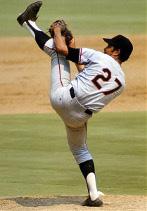
That said, in response to baseball fan’s complaints that the game takes too long and is unexciting (at least when compared to NFL football), MLB instituted the following changes over the past five years:
1. Pitch timer. There’s a 30 second timer between batters and a pitch clock limiting pitchers to 15 seconds to throw a pitch (20 with runners on base) and hitters to be in the batter’s box within eight seconds. Penalties will be assessed as an added ball or strike, respectively.
1a. Pickoff/step-off limits. In order to entice more stolen base attempts and to speed up play, pitchers are limited to how often they can make pickoff attempts or step off the rubber. Penalties could include a balk.
2. Defensive shift restrictions. Since it had become common for teams to shift their players to load either side of the field to defend against pull hitters, new (somewhat complicated) penalties were invoked.
3. Bigger bases. To add safety for both runners and fielders, the infield bases have been expanded 44% (15 to 18 inches square). Home plate remains unchanged. The primary goal is safety, giving players more room to operate without colliding.
4. A more balanced schedule. Every team will have at least one series against every other team. This fits with the expanded (2020) postseason format with three Wild Card spots in each league. A more balanced schedule limits the advantage a weak division team has over a strong division team in the Wild Card race.
5. Faster replay reviews. Instead of ten seconds, managers must immediately hold their hands up to signal they are considering a challenge. The umpire will initiate a 15-second (reduced from 20) timer, wherein the manager must decide whether to pursue the challenge. Each team will have one unsuccessful challenge per game.
6. Position player pitching limits. Previously, a position player could appear as a pitcher only in extra innings or if their team was trailing or winning by at least six runs. Now, a position player can only enter as a pitcher if the game is in extra innings, their team is trailing by at least eight runs at any time or their team is winning by ten or more runs in the ninth inning. These restrictions don’t apply to players who qualify as two position players.
7. PitchCom. The system was introduced in 2024 to speed up the relaying of signs between the catcher and the pitcher. The catcher would input the call on a wristband device which the pitcher would hear via a receiver in his cap. Now, the pitcher can call the pitches with the catcher hearing them in his helmet. At any time, two transmitters are permitted to be in use on the field (one for the pitcher, one for the catcher); and up to five receivers in total can be worn by the defensive team.
8. Automatic runner in extra innings. When a game goes into extra innings, the team at bat will place a runner on second base to facilitate breaking the tie. No regular-season game has gone longer than 16 innings since that rule change took place. The rule doesn’t apply in Postseason play.
In closing…
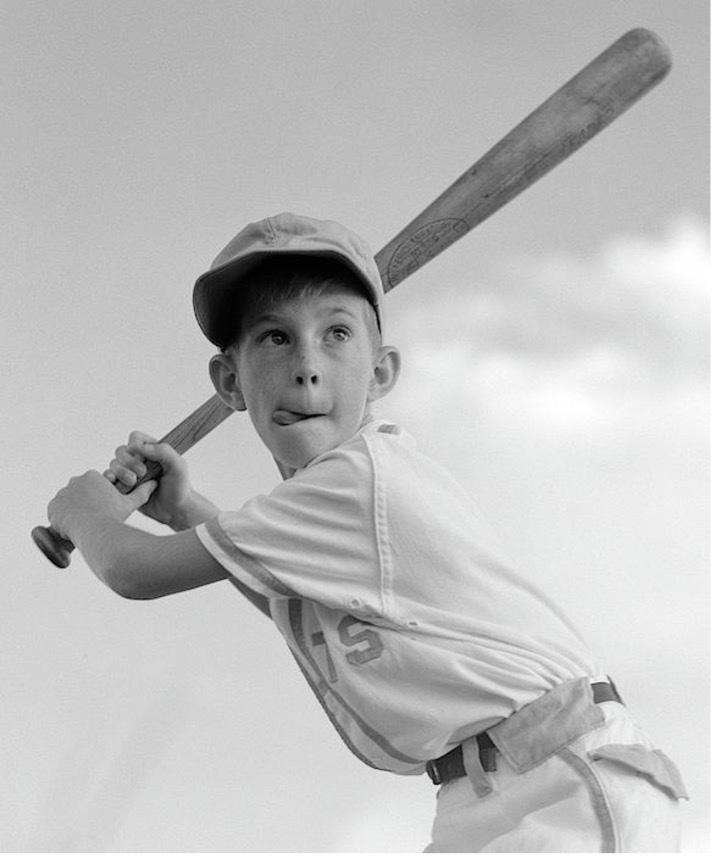
As a child, I remember going to my first game mesmerized by the imagery. We were out in the stands, the sun on our faces, and the crowd’s buzzing with anticipation. Every pitch, hit, and catch felt like a mini-drama unfolding right before your eyes. And let’s not forget the camaraderie of sharing those high-fives with strangers, as your team scores a home run. It’s an instant connection.

JANE BREISCH, EDITOR
If you watch Allyson Rea, Chief Meteorologist on NBC 2, she mentions Saharan Dust in almost every weather forecast during the summer. So, what exactly is it?
Saharan dust, also called the Saharan Air Layer (SAL) by the National Oceanic and Atmospheric Administration, forms over the Sahara Desert during the late spring and summer. It’s made up of sand, dirt, and mineral particles like iron and phosphorous, which are lifted into the atmosphere from 3.5 million square miles of Africa’s Sahara Desert. Its dust clouds can travel and impact locations around the globe, thousands of miles away from its origins. The warmth, dryness and strong winds associated with the dust clouds have been shown to suppress tropical cyclones.
The SAL is actually a well-mixed dry pocket of air that usually resides between 5,000 and 15,000 feet above sea level. Saharan dust plumes pushed by the trade winds across the deserts of Mali and Mauritania can reach the Caribbean Sea and the Gulf of Mexico several times every year … normally from June through mid-August. Indeed, according to NASA, more than 60 million tons of this mineral Saharan dust lofts into the atmosphere annually!
The dust particles and stable air associated with the Saharan Air Layer can disrupt local and regional weather patterns. Dry winds carrying the particles help smother storm systems by drying out the humid tropical air that feeds turbulent weather across a well-traveled route for hurricanes. Tropical storms don’t want it dry and dusty… they want it hot and wet.
Because of the special way Saharan dust scatters sunlight, the best times of day to spot it are usually a few hours after sunrise and in the late afternoon. During the day, the sky will have a hazy white look and sunsets take on an orange glow.
Technically, the sun’s white light is composed of all the colors of the rainbow. Our skies are normally blue because the gases that make up the atmosphere naturally scatter blue hues (shorter wavelengths) as opposed to the yellow-orange-red hues (longer wavelengths). Sunsets and sunrises take on more yellow and reddish hues because the low-angle sunlight passes through more of the atmosphere before it reaches your eyes. A heavy load of dust in the atmosphere can enhance this effect, leading to longer-lasting, duskier colors that cause vivid sunsets and sunrises. (See accompanying photos.)
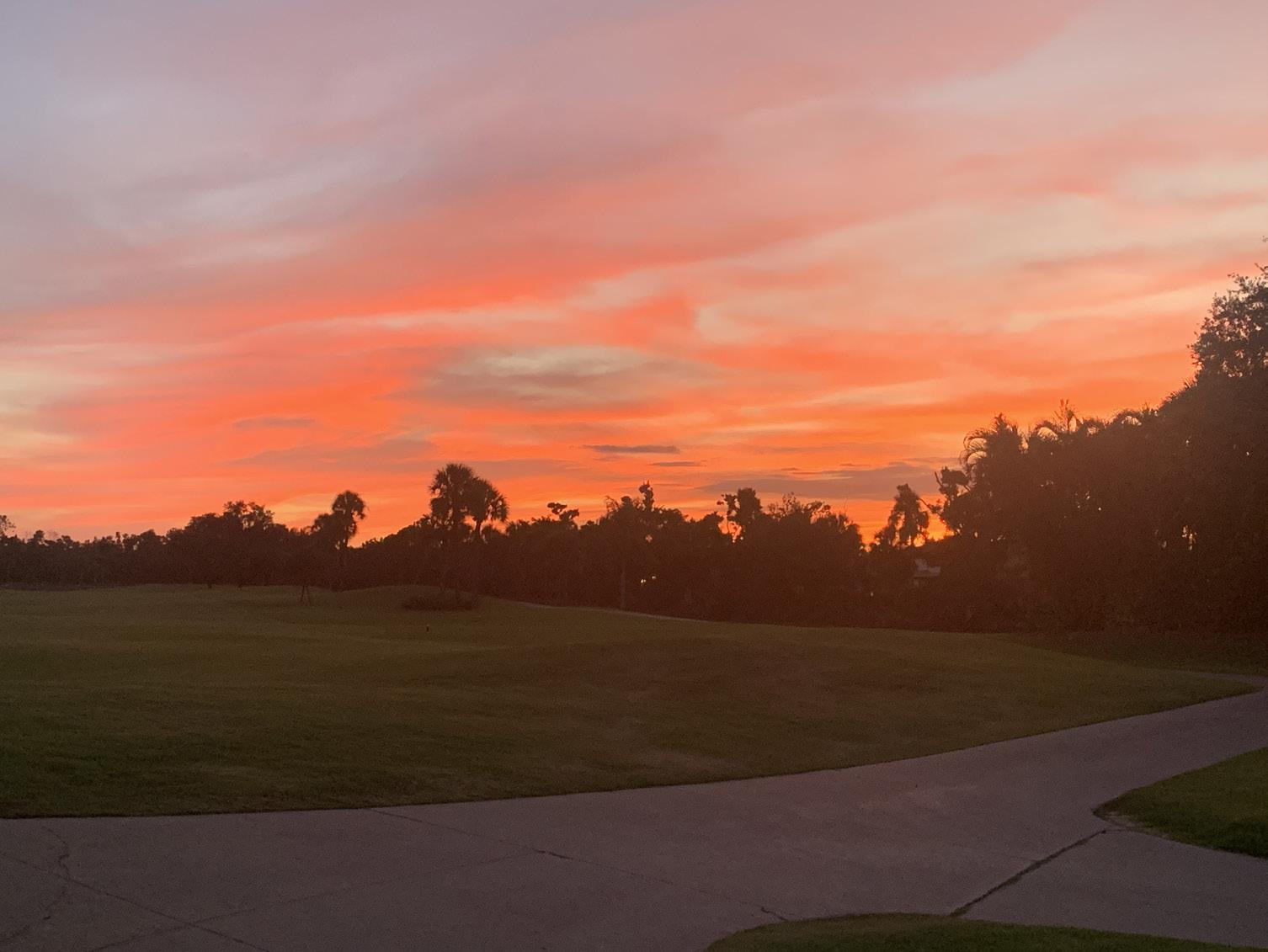
BRILLIANT
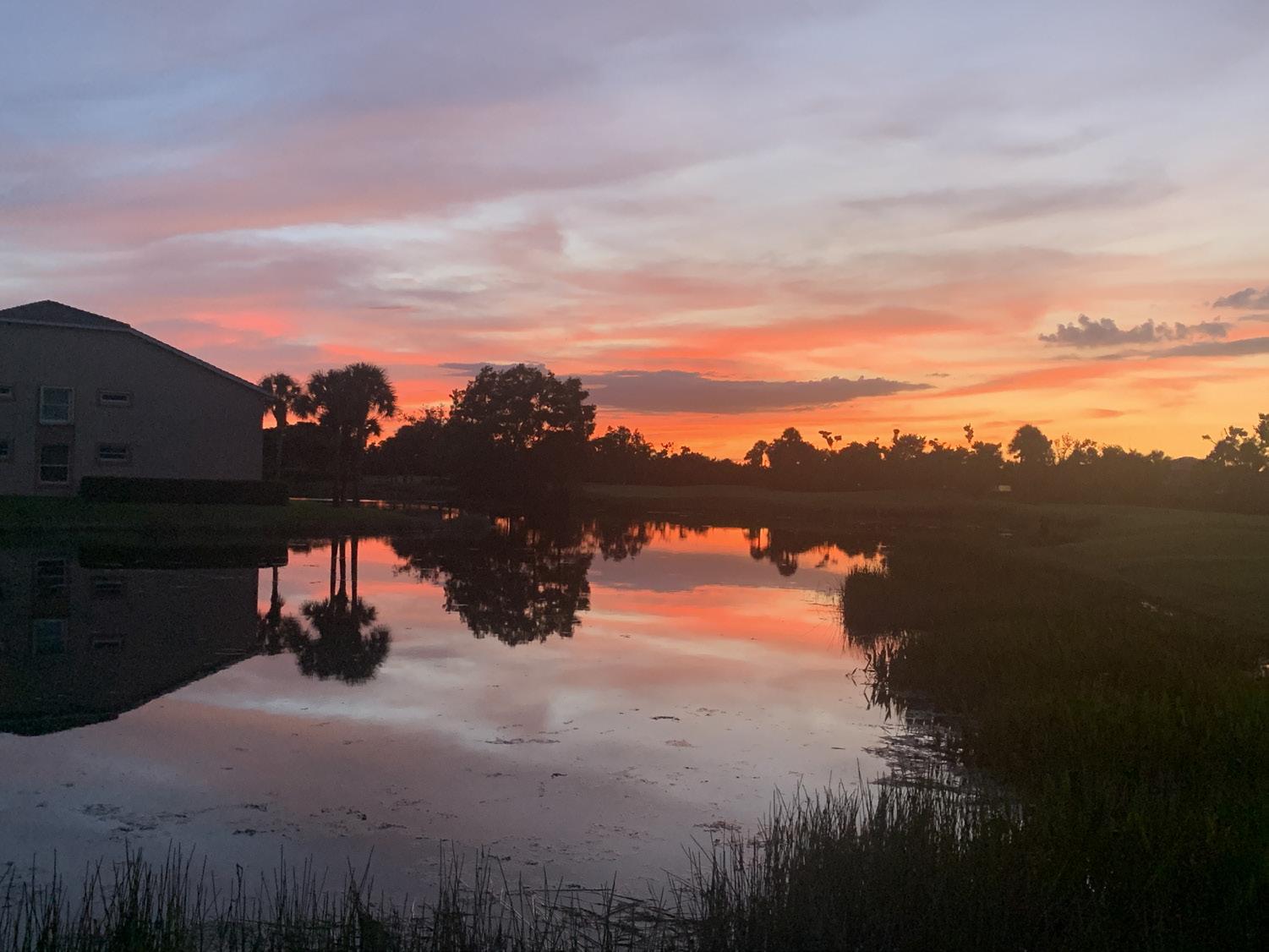
SUNSET OVERLOOKING THE POND ON #17 SABAL.
What are the other impacts of SAL in SW FL? It can cause trouble for some people with allergies and other respiratory problems. Unfortunately, some health experts say the symptoms can mimic those of COVID-19.
There is also a correlation between SAL and red tide. Iron particles are inside this dust, and they will precipitate into the Gulf of Mexico, and mix with bacteria that transforms it into excess nitrogen. All of a sudden nitrogen bloom. The FL Fish and Wildlife Conservation Commission says SAL actually fuels two kinds of algae: the non-harmful brown algae referred to as “sea sawdust,” and the one we do not like to talk about, red tide.
Meteorologists are just now beginning to understand this weather phenomenon as it has only been detected and recorded by satellites in the last ten years or so. In the meantime, enjoy those beautiful sunsets!

LYNNE THOMPSON
LYNNEBOBFLA@EARTHLINK.NET
We are having another Heritage Palms Craft Show in the Palms Dining Room on Thursday, October 23, from 10 a.m. to 2 p.m. Due to the lack of space and parking this event is only open to Heritage Palms resident vendors. Please mark your calendars and plan to stop by and see what great talents are right here in our community.
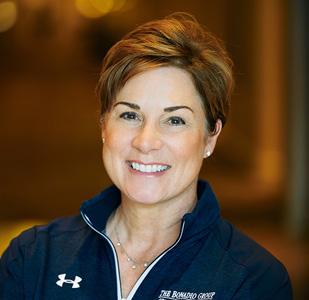
A
Those people interested in being a vendor, please send a memo to me at lynnebobfla@earthlink.net telling me what you will be selling. I will be sending out applications a little later. Please be aware that this event is only open to HP residents and all items must be hand made.

GAIL MCINTYRE, CRC MEMBER GMCINTYRE@BONADIO.COM
As Summer ends, and we all begin to make plans for returning to beautiful Heritage Palms, we’re no doubt thinking about the many activities that we participate in while we visit Florida. Have you ever thought of giving back to the community you live in?
The Community Relations Committee will be hosting a wonderful opportunity for you to learn how you might support our Fort Myers community.
On January 12, 2026, Noon to 3 p.m., the Committee will be hosting the Heritage Palms Volunteer Fair. This is a time when you can join fellow HP residents and find information on different organizations who would appreciate your time and skills. Giving back to your community is extremely rewarding for yourself, and offers a way to connect with others, so please mark your calendar and attend this event.
A wide variety of nonprofit organizations representing the Arts, Children Support groups, Education and Development, Health, and Human Services will be present. We look forward to seeing you there!
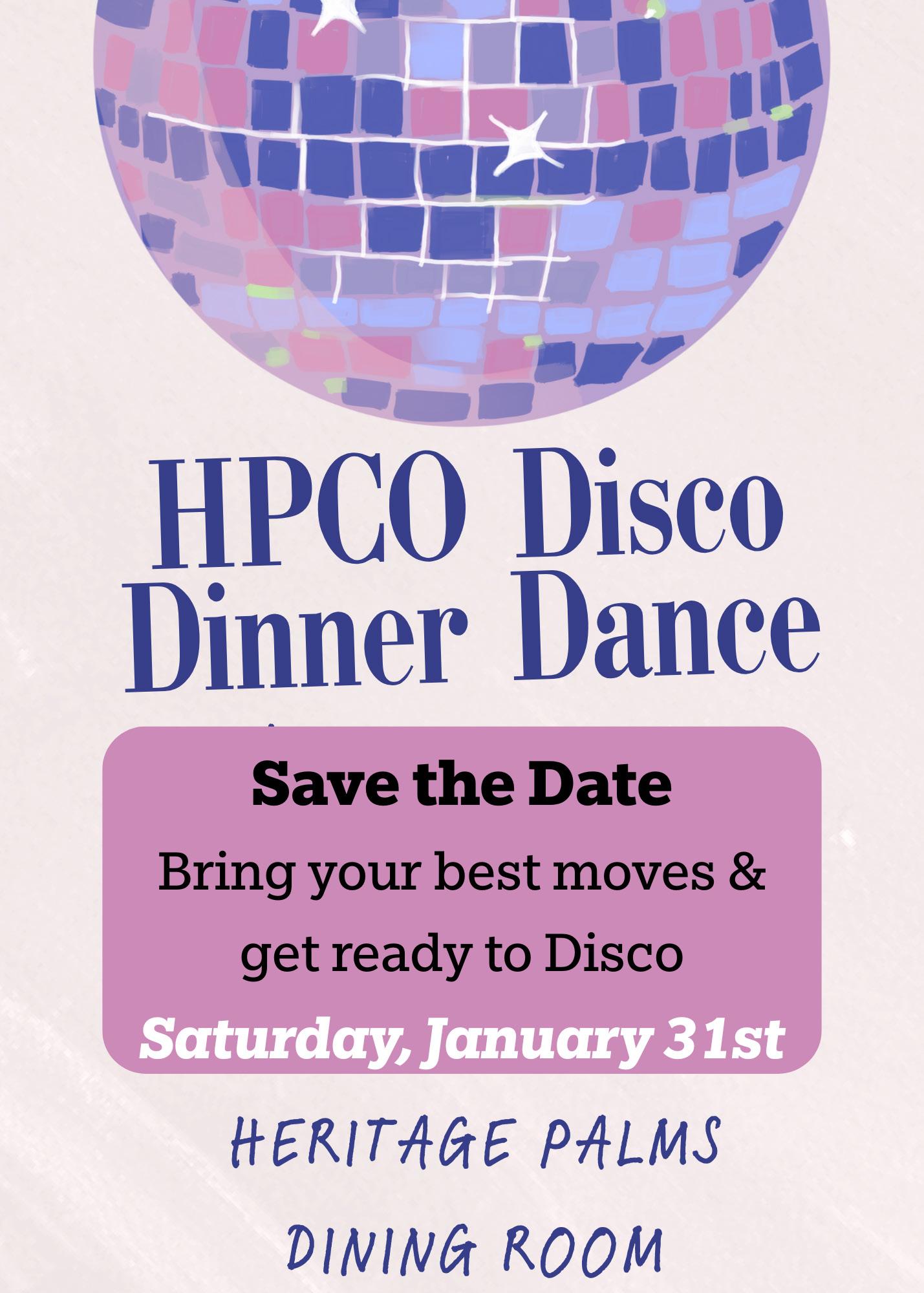
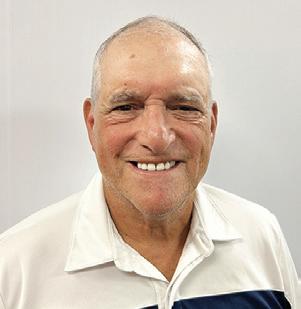
ANDREW WEINER WEINER@UKY.EDU
As stated in previous articles, Emotional Intelligence consists of two major components: self- awareness and awareness of others. Awareness of others, in part, involves how we communicate with others. While being able to “read others,” is paramount for awareness, so too is our ability to shift how we communicate when necessary. Of course, listening is one of the major communication components, however, speaking is the other, and there are many styles of speaking.
The diagram below is intended to illustrate styles of speaking, and it contains two major styles: advocacy (assertion) and inquiry (questioning). The listening piece is not included, but there is a third dimension
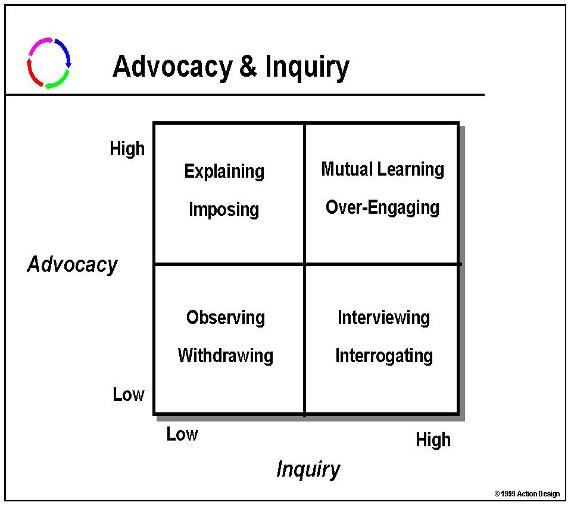
to the model which is not listed, and that dimension is “effectiveness.”
All styles have the capacity to be effective or ineffective, and here is how it works. In the upper left-hand quadrant, we have high advocacy and low inquiry (stating your views but not inquiring about the views of others). If in conversation, this is perceived as an effective style, you will present as being good at explaining, such as a teacher. However, if you use this style in a group of peers (a committee for example), you may present as imposing your views on others and thus, ineffective.
In the lower left-hand quadrant, we find a style that is low in advocacy and low in inquiry, which, if perceived as effective, will present as an astute observer perhaps reflecting on the situation. However, if you are perceived as uncaring, detached, or withdrawn, this style will present as being ineffective.
In the lower right-hand quadrant, we find a style that is low on advocacy and high on inquiry. If you are effective using this style, you will be perceived and an interested questioner, perhaps interviewing someone (i.e., a psychologist or journalist). If you present ineffectively, you will be perceived perhaps as a bully or driven to find answers (i.e., an attorney).
Lastly, in the upper-right hand quadrant, we find a style which is high in both advocacy and inquiry. If you are effective in using this style, you will be perceived as a collaborative, leader interested in “mutual learning.” However, if you are perceived as ineffective using this style, you will present as indecisive, and over doing the interaction.
In summary, here are my recommendations for using this model.
1) With the increased self-awareness you have gained through my previous articles (ha ha!), identify the quadrants you typically spend the most time in during your daily communications. You might call it your pattern.
2) Practice shifting your styles depending upon the situation. For example, as a
professor, I would spend most of my time in the upper left-hand quadrant because I was teaching students. However, when I consulted with different organizations, I would shift toward the upper right-hand quadrant, because I was dealing with competent, educated adults.
3) Style flex is the key to better communication which is paramount in understanding others.
BO SABADOS
July 24, 2025
#3 Royal 120 yards 7-iron
This is Bo’s 3rd holein-one, but his 1st at HP! His first HIO was in Charleston, SC back in the ’80s, and his second was in Pinehurst, NC in the ’90s.
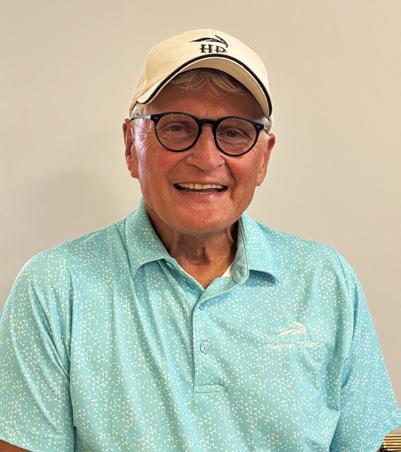
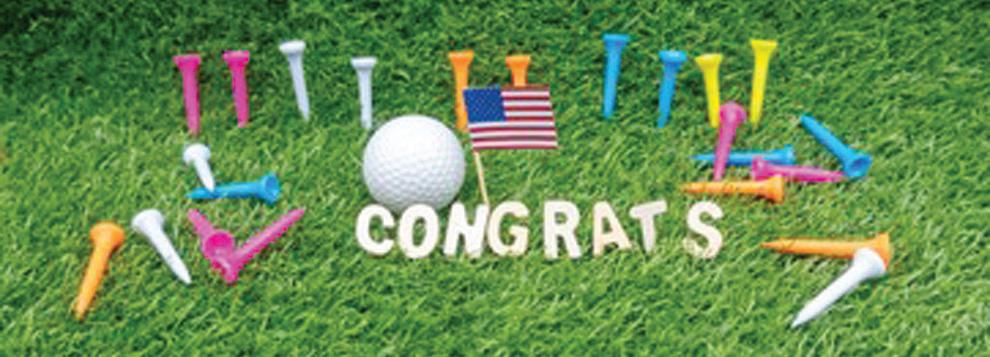
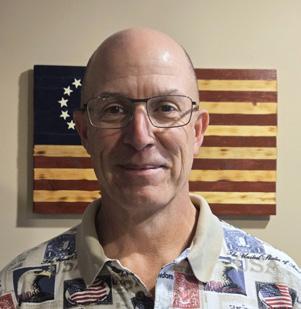
MICHAEL BRAKE, COMMANDER, HPVA MASSBRAKES64@GMAIL.COM
The HP Veterans Assoc. Annual Golf Tournament will take place on Sunday, October 26. Members can support our cause of helping Veterans in need right here in SWFL by participating in the tournament, buying Chopper Drop golf balls, and by purchasing hole sponsor signs.

Thanks to the generous support of our community, and the drive and dedication of our HPVA Board members last season (fall 2024 through spring 2025), our fundraising broke all-time records! The golf tournament was again a massive success, which included a record number of Chopper Drop golf balls sold. Thanks to the participation of the Lee County Sheriff’s Department, the opening ceremony and helicopter ball drop were both huge hits, and should be again this year. Our big 250-ticket raffle and Gatlin Dinner shows were also both sold-out successes. Through a separate fundraiser, we were also able to fully fund the new Veterans Memorial Flagpole and Plaque which will be erected in front of the new Oasis/Tiki building.
Our only non-sellout last year was the golf tournament, so please consider joining us this year, buying more Chopper Drop golf balls, and adding more hole sponsor signs so we can make this coming season another record-breaker!


U N D A Y , O C T O B E R 2 6
Sign Up: Starting Sept. 1 on Golf Genius. Make your own 4-somes.

The day begins with registration and a continental breakfast at 7:00 AM followed by the opening ceremony at 8:30 AM, then the tart. After golf, join us for lunch and y in the Palms Dining Room.

SIGN SPONSORS SIGN SPONSORS $125 per player

dropped to a flag on the driving range. Closest 4 balls to the target win big!! Cash Prizes totaling 25% of total sales.
To purchase Chopper Drop Balls: email Bill Przybylski at golfgang@sbcglobal.net or Jeff Paul at jpaul92460@gmail.com
Balls are $10 each and will be charged to your member account. When emailing please be sure to include your member number and number of balls purchased.
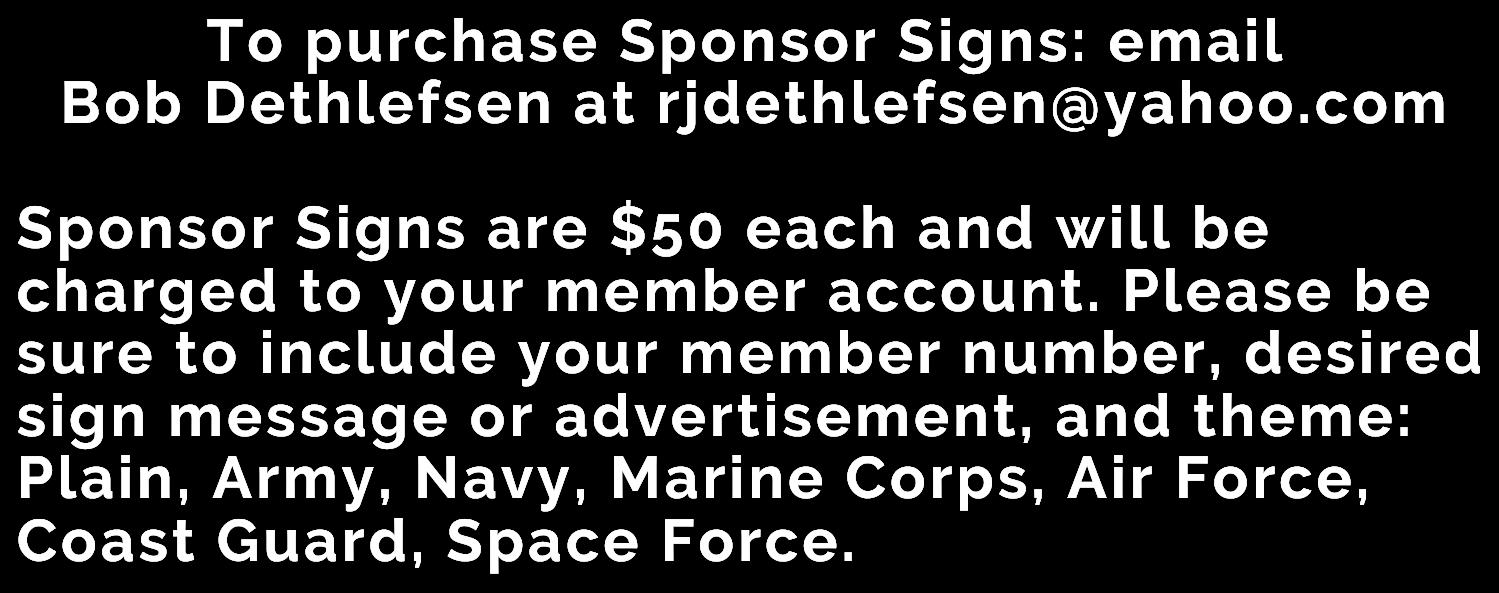
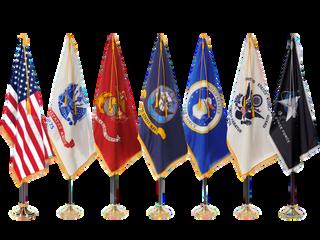
For more information or to join please visit: www.hpvets.org or email postmaster@hpvets.org.

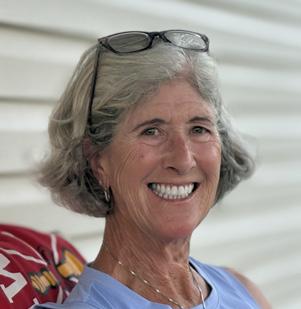
TERRI ANDERSON, WGA PRESIDENT THEHRLADYSYRACUSE@GMAIL.COM
Happy September all! I hope you had a wonderful summer filled with family, fun, and perhaps even some golf! It’s hard to believe that in a few weeks we’ll be making travel plans to return to our winter paradise! We’re looking forward to a great 2025-26 WGA season.
On behalf of the WGA Board, I’d like to thank our departing Board members Mary Lou Reid, Joan McIvor, Shirlee Firebaugh, and Susan Klimas. We appreciate your work and leadership during the 2024-25 season.
The current Board has been busy preparing for our new season. The schedule of games and WGA events is posted on the website. Please review and mark your calendars to join in the festivities. You can also find Board minutes, WGA event pictures, and general information on our website. Please feel free to reach out to any Board member with questions and/or suggestions to benefit the league.

League play tees off with a shotgun start on Wednesday, November 5, followed by the Ladies’ member/guest on Monday, November 10. Then, dust off your dancing shoes for our Tuesday, November 11 Welcome Back cocktail party with line dancing for all. In December we join our nine-hole league members for the Christmas scramble chaired by Linda Barnas and the nine-hole league committee. Our January evening fun event will be Monday, January 26 with a Mardi Gras theme chaired by Kathy Labrie. Our annual Charity event, to once again benefit the Dubin Center, will be held February 18. On March 18 we’ll be having a “pick a partner fun day,” including lunch. Watch your email for the Pro Shop’s announcement to sign up for the 2025-26 season so you don’t miss any of the fun!
Enjoy your remaining summer! Wishing everyone safe travels back to HP.
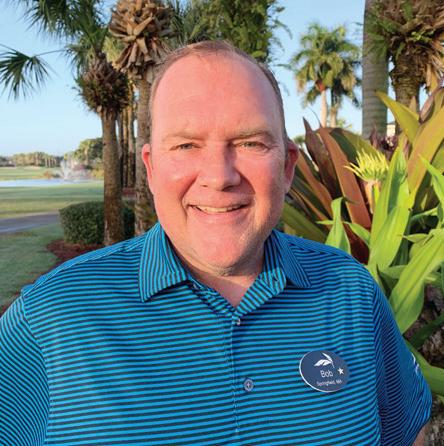
BOB KELLY, DIRECTOR OF GOLF BKELLY@HPGC.COM
Hello from the Golf Shop. Summer is winding down and hopefully we can get through it with no major storms! So far, it’s been a dryer than normal summer which has translated into more rounds of golf being played. Reciprocal play continues to be strong with several local courses under renovation this summer. Heritage Palms continues to be the course to play for reciprocals with consistently great course conditions.
The driving range renovation project is now in the “grow in” phase. We’re looking for a late September or early October return to hitting off turf. We’ve contracted with Club Car to swap out our entire 170 cart fleet in September. The new fleet will be the latest Tempo Lithium Club Car model that just came out this year. This is a totally new cart with a redesigned dashboard, upgraded Visage GPS, and most importantly, automatic brakes!
Golf course maintenance is finishing its last round of summer cultural practice on the Sabal golf course. We’re looking forward to having all 36 holes open for play on October 13.
Men’s & Ladies’ leagues will be kicking off at the beginning of November. Emails will be coming out soon to get registered for the 2025-26 season. Also, mark your calendar and look for information coming out soon for the 2025 Heritage Palms Veterans Association Tournament. The event will be held on Sunday October 26 with a 9 a.m. shotgun start on all 36 holes.
Reciprocal season runs through the end of October. Please remember to give the golf shop multiple courses and a reasonable time window when requesting a tee time. All clubs will begin to get busy this time of year with seasonal members returning, so early tee times at most courses may be difficult.
Space is still available for 2025 Ladies’ Member/Guest on Monday November 10. Registration information has been sent out through Golf Genius. If you experience any issues getting signed up, please contact the Golf Shop.
The entire staff is excited and ready to get the 2025-26 season kicked off. We look forward to seeing you all soon!!!
CHRISTINE BONHAM, PGA DIRECTOR OF GOLF INSTRUCTION
We are proud to share that Heritage Palms hosted its spring PGA HOPE (Helping Our Patriots Everywhere) program from May 1 to June 5, offering six weeks of complimentary golf instruction for our local military Veterans. Each week included two hours of coaching from PGA-certified professionals,
including Allen Manguson, Pete Rocheford, Mike Dopslaff, and me.
We welcomed 15 veterans to the program— and we’re thrilled to report that all 15 completed the course and graduated!
The final session on June 5 featured a fun
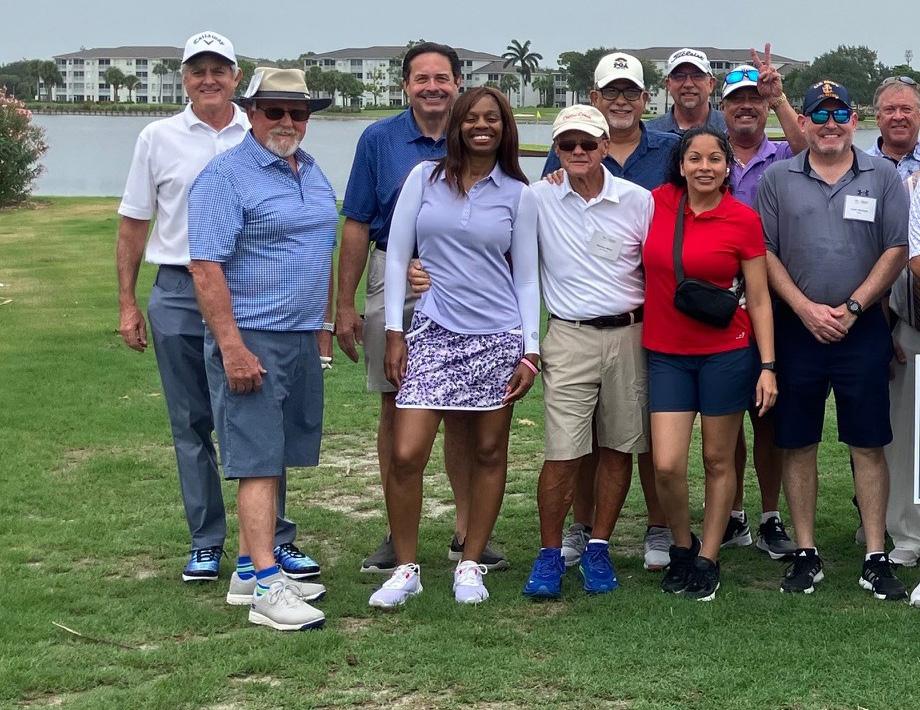
90-minute scramble on the course, followed by a graduation ceremony where each veteran received a certificate of completion, a gift bag, and a celebratory meal.
This incredible experience was made possible thanks to the generous support of the PGA South FL Section and a heartfelt
donation from our own Heritage Palms Veterans Association.
We look forward to continuing this impactful initiative with our Fall PGA HOPE program, which begins September 11 and runs through October 16.
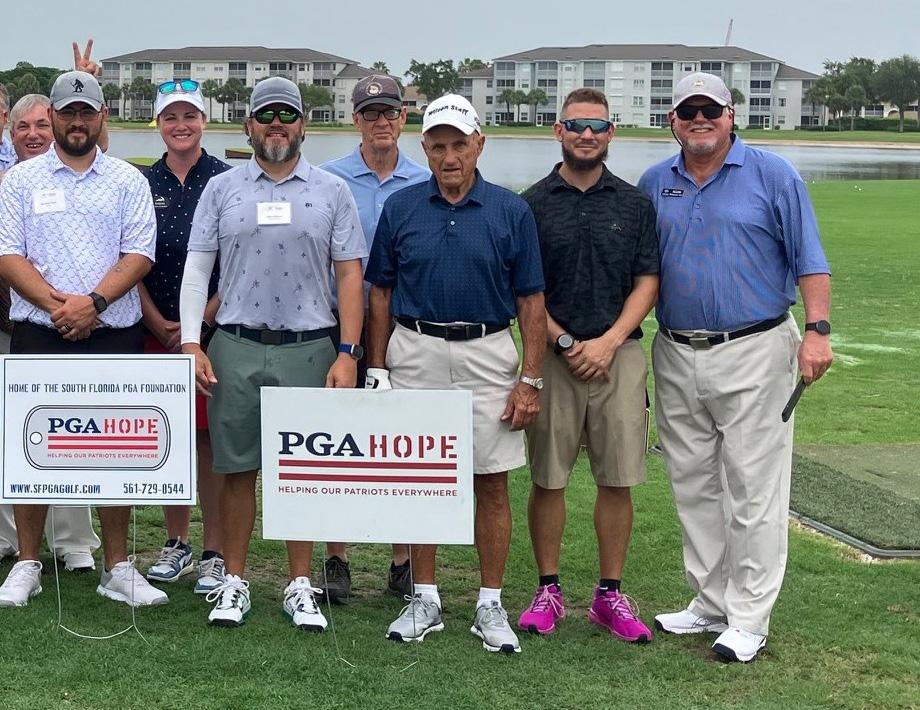

DAVE KRAFT DKRAFT_SR@YAHOO.COM
A player’s ball lies just off the green in the general area. Temporary water on the putting green intervenes between the player’s ball and the hole. Is the player allowed free relief under the abnormal course conditions relief Rule? No.
Rule 16.1a When Relief Is Allowed (1) Meaning of Interference by Abnormal Course Condition. Interference exists when any one of these is true:
• The player’s ball touches or is on an abnormal course condition,
• An abnormal course condition physically interferes with the player’s area of intended stance or area of intended swing, or

For all of our mid-western HP members, I thought you might be interested in why Oklahoma is the shape it is. A little history for you…
The Oklahoma Panhandle is an unusual boundary that exists due to a law passed some 87 years before Oklahoma even became a state: the Missouri Compromise of 1820. The law admitted Missouri to the union as a slave state and Maine as a
free state to maintain the existing balance of “slave vs. non-slave states.” The law also prohibited slavery above the 36 degrees 30 minutes north parallel in the rest of the Louisiana Purchase.
The panhandle was formed after the Republic of Texas was admitted to the union in 1845 as a slave state south of this line, but with a little sliver of land jutting above the boundary. Rather than separate
• Only when the ball is on the putting green, an abnormal course condition on or off the putting green intervenes on the line of play.
If the abnormal course condition is close enough to distract the player but does not meet any of these requirements, there is no interference under this Rule.
JANE BREISCH, EDITOR
Texas into two portions, Congress passed the Compromise of 1850 , in which Texas ceded the land. The region became known as the “Public Land Strip,” or colloquially as “No Man’s Land.”
From 1850 to 1890, this narrow, rectangular tract of land, roughly 167 miles long and 35 miles wide, existed as a separate entity from any state or territorial government, making it an attractive destination for homesteaders and outlaws.
Here is this month’s golf etiquette tip: It is not good etiquette for a player to walk on a fellow player’s line as it can guide their putt offline. Not only do you want to avoid their original line, but also their through line. The through line is where their ball would go if the ball misses the hole and goes long.
The land was bordered by Texas to the south, the New Mexico Territory to the west, and unorganized territories to the north and east. The Organic Act of 1890 finally brought an end to this unusual situation, as the “Public Land Strip” was assigned to the new Oklahoma Territory. The panhandle remained a part of Oklahoma when it became the 46th U.S. state on November 16, 1907, giving the Sooner State its unique shape.
From Debbie Edwards: In July, we had 11 ladies gather for our annual day of golf and lunch at Village Links Golf Club in Glen Ellyn, IL. A few ladies from last year couldn’t attend, however, we welcomed some new faces. Our group is expanding as Wisconsin and Indiana was represented. We definitely attracted attention as we arrived, with all of the hugs and laughter greeting each other. It was a hot and sunny, but we persevered, and enjoyed lunch in the AC. It was a day filled with joy and gratitude that we could spend time together.
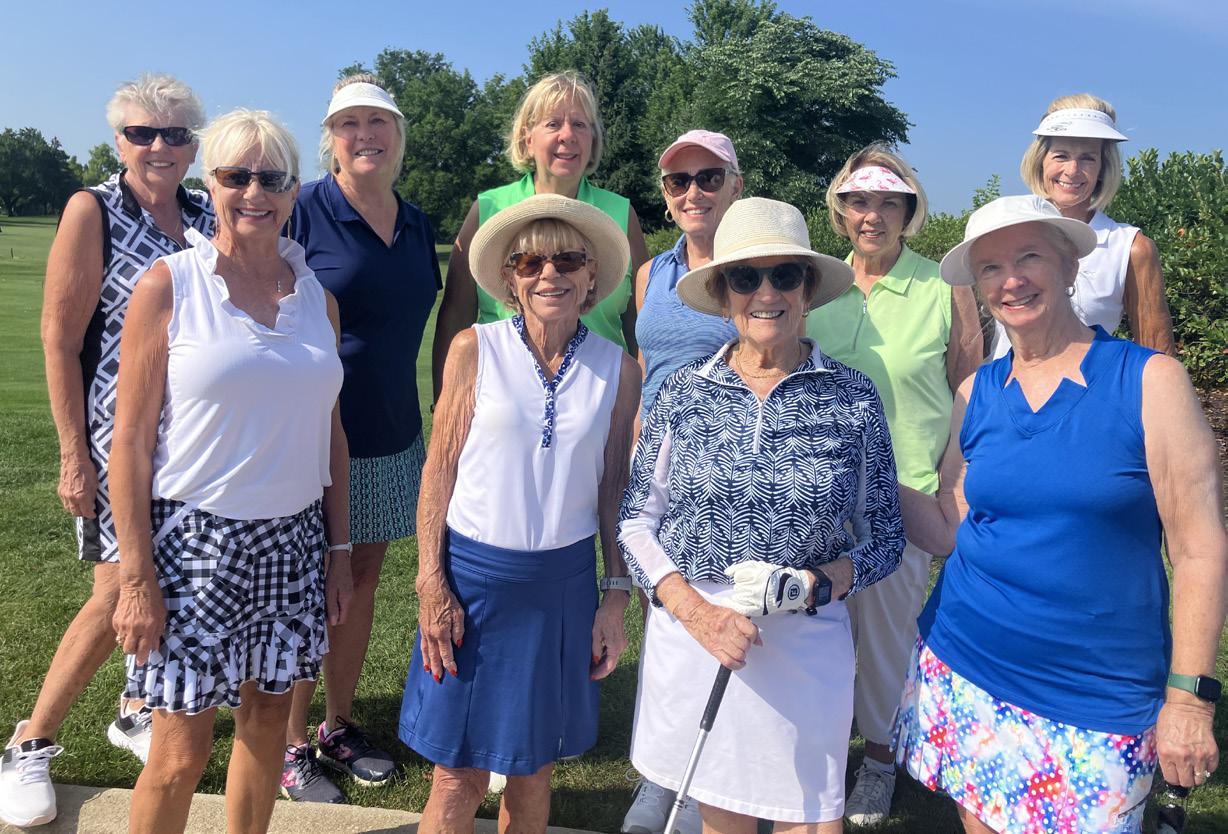
BACK ROW (L-R): BARB JOHNSON, CARYL PAGE, NOREEN KUBINSKI, PATTY WERNET, JANINE BARON, AND KAREN PHELPS. FRONT ROW (L-R): DEBBIE EDWARDS, MARCIA GALLICHIO, MARY TSCHETTER, AND HELEN MCDONALD.
From Diane Jansen: Here we are in Cincinnati at Stillmeadow Country Club with several of our HP friends. It’s always great to see everyone mid-summer!
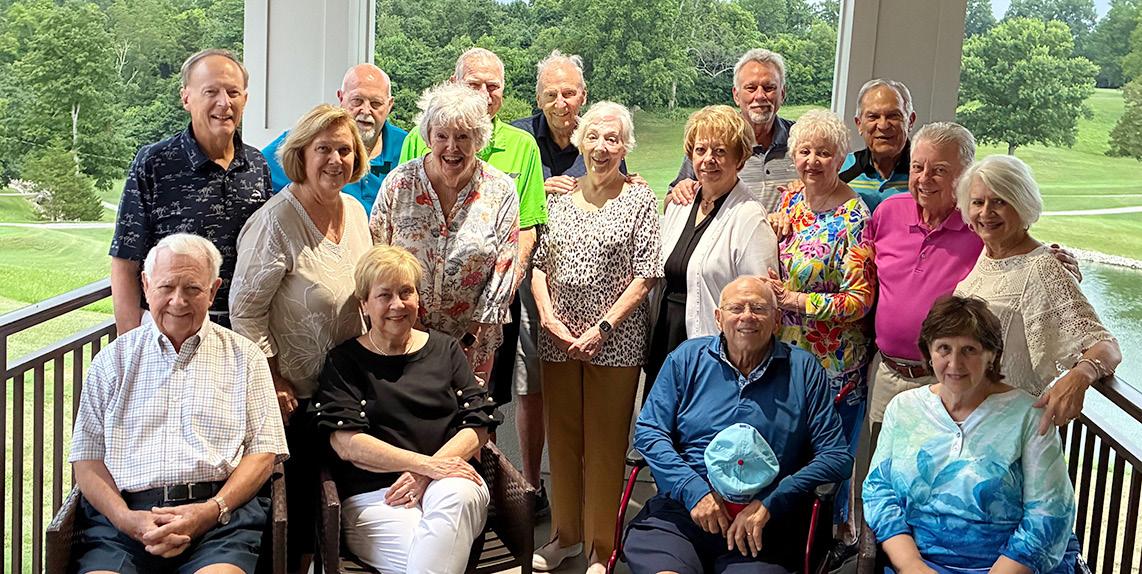
From Holly Osler: In July, my husband, Scott, and I went on a Viking Cruise of the Mediterranean to celebrate our 50th wedding anniversary. We started in Venice and ended in Barcelona.
IN DUBROVNIK, CROATIA WHERE WE FIRST CONNECTED WITH HIGH SCHOOL FRIENDS JAY & MARTI WEAVER.
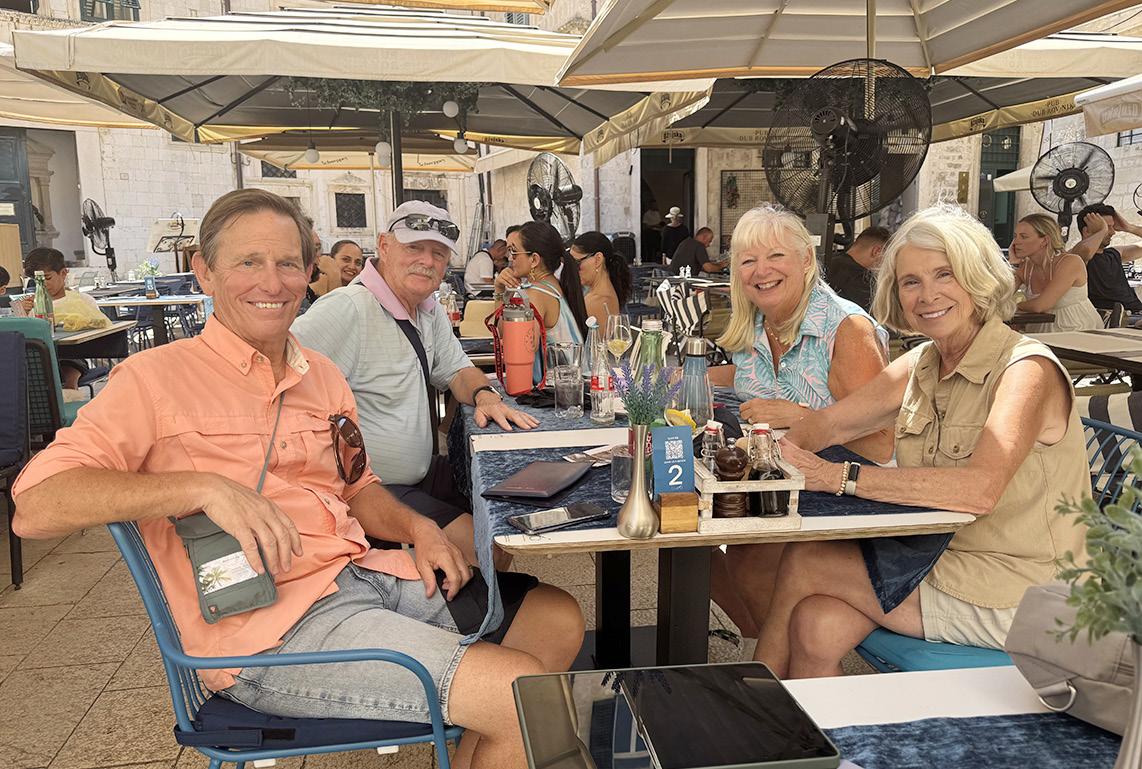

HOLLY & SCOTT IN ST PETER’S SQUARE IN ROME.

ONTO THE CATHEDRAL OR DUOMO DE SANTA MARIA DEL FIORE IN FLORENCE.

BEFORE THE BARCELONA CATHEDRAL (AKA THE CATHEDRAL OF THE HOLY CROSS & ST. EULALIA.)
THE SCENIC HARBOR IN MONACO.

From Debbie Edwards: In late July, my husband, Bob, and I traveled with friends to Barcelona and had a wonderful view of the city from the former Olympic village. We then enjoyed a Tauck small ship Mediterranean Sea cruise. We had port visits in Palma de Mallorca, Cartagena, Gibraltar, Seville, and others, with Lisbon as our final destination. While we were in Mallorca, we visited the LaSeu Cathedral. It was a wonderful trip!
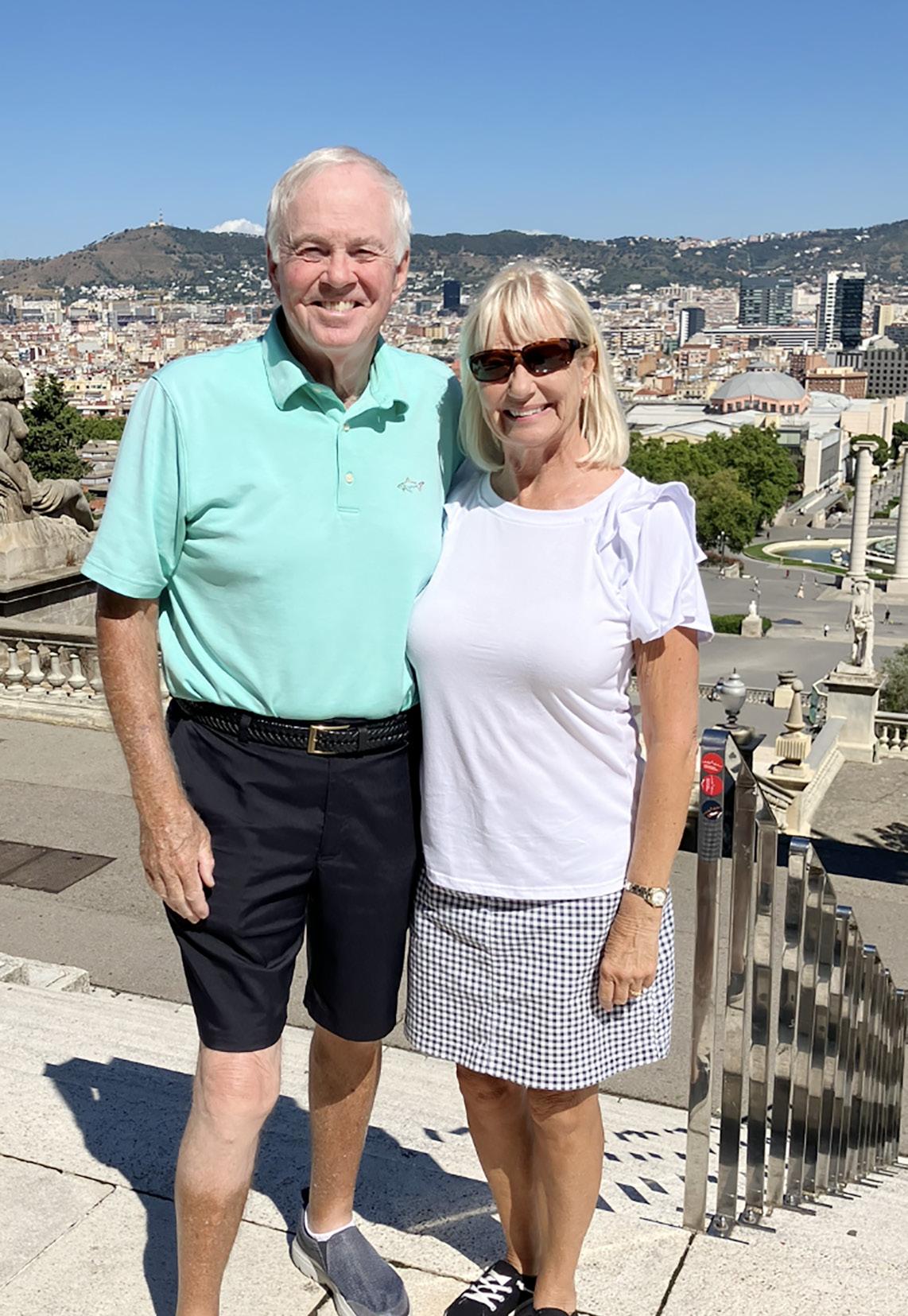

OUR SHIP, THE WIND SURF, IS ONE OF THE LARGEST SAILING YACHTS IN THE WORLD. IT HOLDS 342 PASSENGERS.
JANE BREISCH, EDITOR
It’s worth repeating as a number of HP residents I meet are unaware of this wonderful HP amenity! Yes, eggs for only $2.75 a dozen … and you don’t even have to leave the community! Where do you find this “deal,” and others like it? At HP’s own Market Place, where groceries are made available for purchase, at very competitive prices, by our Food & Beverage Department.
According to HP’s 2024 Member Survey, 11.04% of you were unaware of this amenity, and only 19.96% of you have used it to pick up grocery items. Market Place was launched in 2020, in response to the Covid pandemic. The Club wanted to offer our members ready-access to groceries without having to leave the property. It was decided to continue to offer this amenity, so you should think about taking advantage of it!
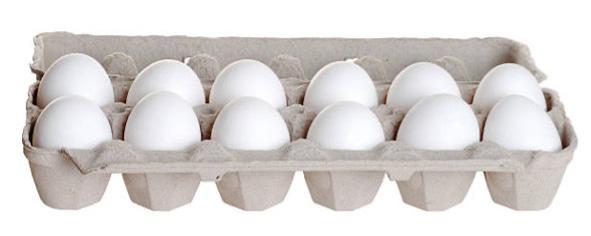
How does it work? It’s simple. Check out the Market Place “menu.”
Call in your order between the hours of 11 a.m. and 2 p.m., and pick it up the following day between the hours of 12 to 4 p.m. What’s available? You can order a delicious, melt-in-your-mouth, 6-ounce filet for $7.50; a scrumptious 11-ounce haddock filet for $6; a delectable 8-ounce salmon filet for $6.50; four 8-ounce hamburgers for $10.50; a one-pound bag of shrimp for $7, and, as mentioned, a dozen eggs for only $2.75. Also available are quarts of your favorite chili, chicken salad, or egg salad.
So … check over the Market Place menu, and start planning some great meals! Bon Appetit!

DARRELL RAU, COMMUNITY RELATIONS COMMITTEE MEMBER
The FL Dept. of Transportation, Fort Myers, and Lee County are committed to working hard for our safety, and have implemented Target Zero Fatalities & Serious Injuries . The initiative’s goal is to eliminate fatalities and serious injuries. Achieving this goal involves several challenges, including managing traffic flow. They focus on safe driving, while managing increased traffic flow in Fort Myers, the fastest growing city in the country in 2024.
Our own community has had a front row seat and experienced several examples of their efforts. We now have a roundabout at the corner
of Challenger and Winkler (Fort Myers project), and a Continuous Flow Intersection or CFI, including a Diverging Diamond Interchange on Colonial, at I-75 and Six Mile Cypress/Ortiz (FDOT project).
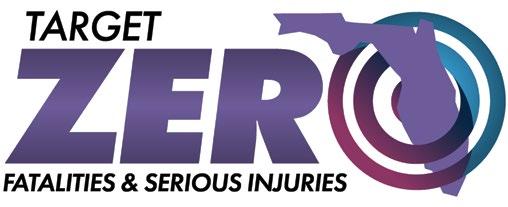
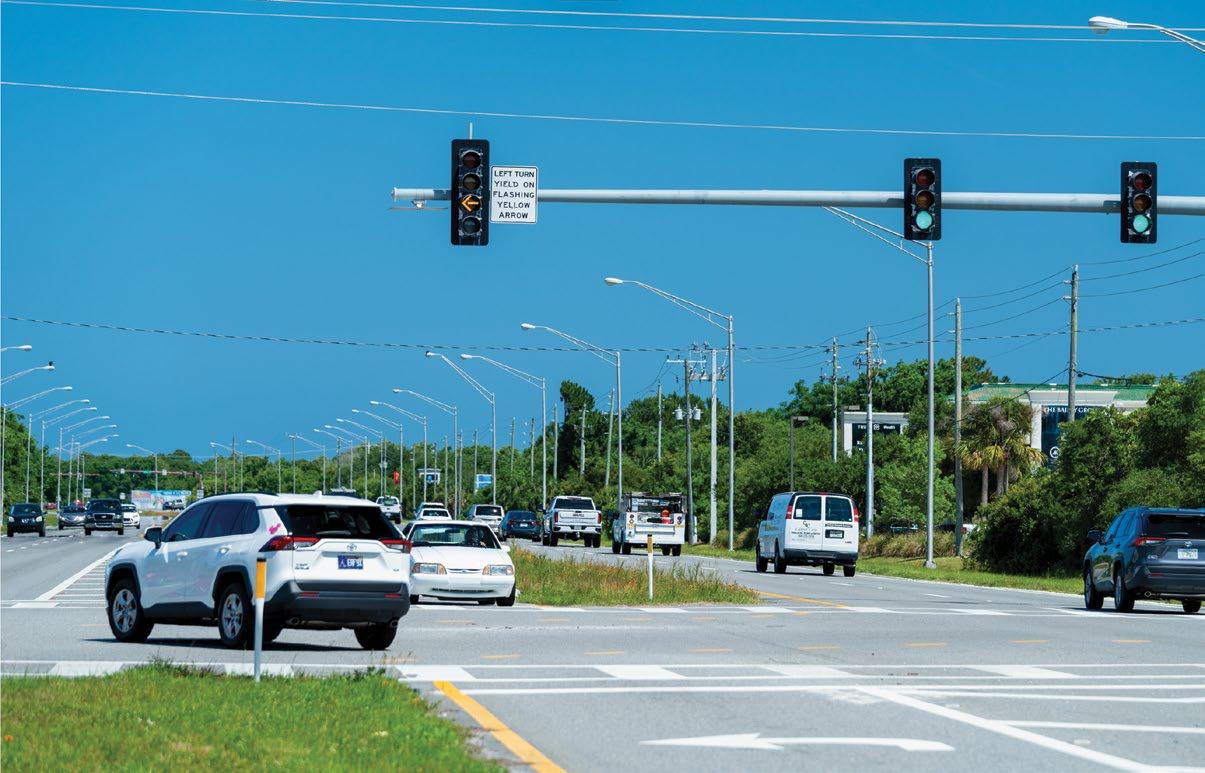
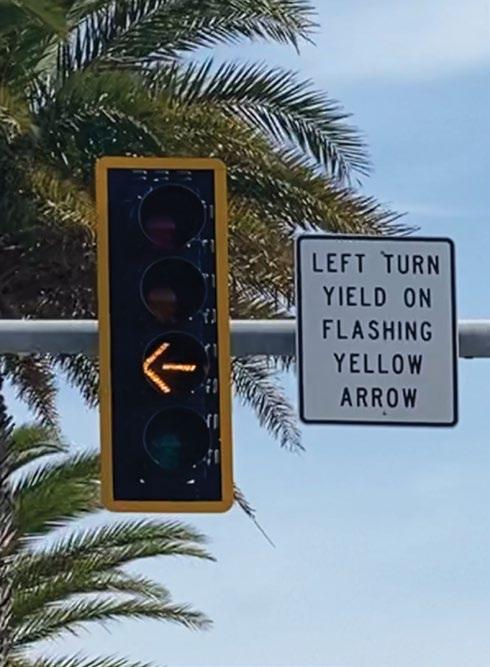
Another tool they’ll be using more in the future, is the Flashing Yellow Arrow (FYA) . The Flashing Yellow Arrow has been around for eight to ten years, including a testing phase. The tests have shown that this type of display is more intuitive for drivers. It’s been shown to reduce left turn angle crashes. FYA helps with traffic flow for those who are waiting to make a left-hand turn. Most intersections currently use a three or five section traffic light for the left turn lane. A Four Ball Head/Traffic Light will easily identify the FYA. The traffic light can hang vertically or horizontally, contingent on the intersection. (See the diagram for ball order and instructions.)
I had a nice conversation with Bruce Littleton, Lee County Traffic Engineer, regarding the criteria for determining which intersection qualifies for a traffic signal, such as the one being requested for Six Mile Cypress and Winkler. Bruce, who has over 50 years’ experience as a Traffic Engineer, responded, “It’s a long and arduous process in determining which intersection will receive a new traffic signal. Why do you ask?”
They must first determine which authority the intersection falls under, Ft. Myers or Lee County. They then look at budget restrictions, traffic studies, and
if the intersection is part of a county improvement. The cost for installing one of these lights is $1.2 to 1.5 million. Bruce said he remembers when the cost of a light ran between $40,000 and $50,000 dollars! When appropriate, FYA’s are part of the standard design for new intersections, provided the criteria to use them is met. Much of the same process is followed when determining if an existing signal gets its left turn lanes upgraded to using the FYA displays. In this case, the cost can be significantly less if the intersection signal equipment uses relatively current technology. In these cases, the conversion can be less than $3,000, an approach that meets the criteria to be converted to FYAs .
There are three basic types of left turn signals: a permissive left turn signal, where you wait for a gap in the opposing traffic and turn left on the green ball; the protected-permissive left turn signal where you can get a left turn arrow that lets you turn left without conflicting traffic, and a portion of time where you can turn left if there is a sufficient gap in opposing traffic; and finally the protected left turn signal where you can only turn left on the green arrow.
Below are illustrations of typical signal head displays that have been traditionally displayed.
PERMISSIVE LEFT TURN DISPLAY – where you wait for a gap in the opposing traffic and turn left on the green ball
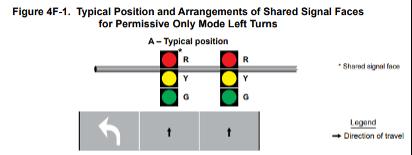
PROTECTED-PERMISSIVE LEFT TURN DISPLAY – where you can get a left turn arrow that lets you turn left without conflicting traffic and a portion of time where you can turn left if there is a sufficient gap in opposing traffic

PROTECTED ONLY LEFT TURN DISPLAY – where you can only turn left on the green arrow
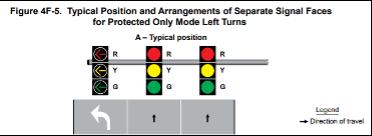
Below is the illustration of the typical head displays for the new Flashing Yellow Arrows controlled left turn lanes.
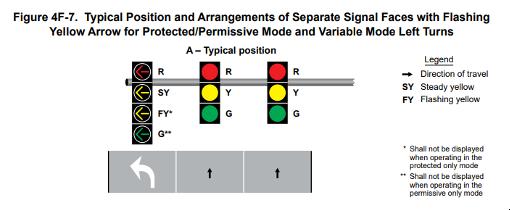
What the left turn driver will see in a typical sequence:
• The red arrow will indicate that the driver must wait for the signal to change, as the red arrow means stop and wait for the light to change, just like the red light to go straight.
• The red arrow can end with either a green arrow or a flashing yellow arrow.
• On a green arrow the driver can turn left as there will be no opposing traffic.
• The green arrow will end with the steady yellow arrow followed by a red arrow.
• If a permissive left turn will be allowed, the signal will go to the flashing yellow indication, letting the driver know they can make their left turn cautiously, as long as they yield to oncoming traffic and pedestrians in the crosswalk which they will be crossing they enter the side street.
• The signal can also go directly to the flashing yellow arrow from a red arrow.
• The same rules apply to turn left as stated above for the FYA. A flashing yellow arrow will end with a steady yellow before returning to the red arrow condition.
Travel safe!
• The Bible is the best-selling book of all time.
• The Bible is the most shoplifted book
• Abundant evidence for the global flood described in Genesis 7–8 is found around the world in the many layers of fossilbearing sediments that stretch across continents.
• Solomon had 700 wives, 300 concubines, and 12,000 horses. Does anyone really need that many horses?
• The Bible consists of 66 books written over 1,500 years, or thereabouts, in three different languages—Hebrew, Aramaic, and Greek—on three continents—Asia, Africa, and Europe.
• The King James Bible mentions unicorns nine times.
• The Bible has over 40 authors, including kings, peasants, fishers, poets, politicians, scholars, a shepherd, a military general, a cupbearer, a doctor, a tax collector, and a rabbi.
• We have many Bible translations to choose from. Why do they differ? The primary reason is they were produced at different times, decades apart, sometimes centuries. Languages constantly evolve. Words fall into disuse, new ones are invented, and the meanings of others morph. Translators consider these changes when producing a new Bible version for their generation. For example, the King James Bible was originally produced in the 1600’s. That is why its readability differs so much from newer translations.
• The thirty pieces of silver that Judas got for betraying Jesus is worth about $6,000 today.
• Which is older, the Koran or the Bible? The earliest books of the Bible were written more than 1,000 years before the Koran, and the New Testament was completed at least five centuries earlier. The oldest books of the Bible were written between 1,000 and 500 B.C. Most of the books of the Bible were written well after the events they depict. The first books of the Bible to be written were probably Psalms and the Song of Solomon. Most of the New Testament was written between 50 and 100 A.D., decades after the life of Christ. The Koran was written over a 22-year period beginning in 609 A.D.
• There are 1,189 chapters in the Bible. The Old Testament contains 929 chapters while the New Testament includes 260 chapters.
• In the Bible, the number 10 is used on many occasions to signify testimony, law and responsibility. The number 10 is seen as a complete and perfect number, and it is used 242 times throughout the Bible. One of the more common uses is the 10 commandments given to man. Additionally, the number 10 is also used for a tithe, which is 10 percent of a person’s earnings. When God wanted to show Egypt his judgement of its empire and hold over the Jews, he decided to send 10 plagues.
• The number seven is represented in the bible as meaning the completion and perfection of things that are both physical and spiritual. The reason for this

meaning comes from the time it took God to create all things. The number seven is represented 735 times in the Bible. There are seven Holy Days that are celebrated; seven men of God in the Old Testament; and Jesus performed seven miracles on the Holy Sabbath. The bible was also originally divided into seven parts, including the Law, the Prophets, the Writings, the Gospels and Acts, the General Epistles, the Epistles of Paul, and the book of Revelations.
JANE BREISCH, EDITOR
Here are the Fort Myers regional theatre offerings for the coming season. Contact these venues now for the best seats and pricing.

Florida Repertory Theatre , 2268 Bay Street, Fort Myers. The FL Rep is celebrating their 28th season as “one of America’s top repertory theatres” according to the Wall Street Journal . Check their website at https://www.floridarep.org for tickets for the following shows:
• The Rat Pack Lounge By James Hindman and Ray Roderick
October 3 - November 9, 2025; previews September 30 - October 2
ArtStage Studio Theatre
This fresh and funny musical revue celebrates the music of Frank Sinatra, Dean Martin, and Sammy Davis, Jr. In the magical story the famous “rat pack” trio, now in heaven, returns to earth for one special night to treat audiences to over 30 hit songs.
• Doubt, a Parable By John Patrick Shanley
October 31 - November 16, 2025; previews October 28 - 30
Historic Arcade Theatre
The fireworks begin as the exacting principal of a Bronx Catholic school— feared by students and colleagues alike— suspects improper relations between a charismatic priest and a student. She’s forced to wrestle with what’s fact, what’s fiction, and just how far she’ll go to expose what she sees as the truth.
By Mark Brown
December 5 - 21, 2025; previews December 2 - 4
Historic Arcade Theatre
This spirited twist on the classic holiday tale is set a year after Scrooge’s miraculous transformation. Now back to his old ways, Scrooge is suing Jacob Marley and the Ghosts of Christmas Past, Present, and Future for breaking-and-entering, kidnapping, slander, pain and suffering, attempted murder, and the intentional infliction of emotional distress.
• Advice By Brent Askari
December 12 - January 11, 2026; previews December 9 - 11
ArtStage Studio Theatre
A hilarious new comedy follows a married couple, Joy and Ron, who on the eve of their wedding anniversary learn that their idiot friend Gary has written a self-help book … and it’s getting published! As they muse on the possible topic, Gary turns up, and invites them to try out some of his “couple exercises.”
• Always … Patsy Cline Created by Ted Swindley and based on a true story.
January 9 - 26, 2026; previews January 6 - 8
Historic Arcade Theatre
The heartfelt musical follows the powerful true story celebrating the most popular female country singer in recording history. Patsy Cline’s legendary voice and rise to stardom took America by storm, and this loving tribute is told through the eyes of her biggest fan and unlikely friend, Louise Seger.
• Tuesdays with Morrie
By Jeffrey Hatcher and Mitch Albom
January 30 - March 1, 2026; previews January 27 - 29
ArtStage Studio Theatre
The best-selling book comes to life in this
moving autobiographical story following Mitch Albom’s visits to his old professor, Morrie Schwartz, as he battles Lou Gehrig’s Disease. What begins as a simple visit by the career-driven journalist turns into a weekly pilgrimage and a last class on the meaning of life.
• The Play That Goes Wrong By Henry Lewis, Jonathan Sayer, and Henry Shields
February 13 - March 6, 2026; previews February 10 - 12
Historic Arcade Theatre
This hilarious hybrid of Monty Python and Sherlock Holmes follows a fictitious theatre company’s opening night of The Murder at Haversham Manor where things quickly go from bad to utterly disastrous. Nevertheless, the accident-prone thespians battle against all odds to make it through to their final curtain call, with hysterical consequences!
By Howard Ashman and Alan Menken
March 20 - April 12, 2026; previews March 17 -19
Historic Arcade Theatre
The musical is based on the 1960s B-movie by Roger Corman and features book and lyrics by Howard Ashman and music by Alan Menken. The story is packed with laughs, thrills, chills, and Motown and
doo-wop-inspired hit songs and follows down-on-his-luck Seymour who pines for his beautiful co-worker at Mushnik’s Skid Row Florist.
• Denise Fennell’s The Bride: Or, Does This Dress Make Me Look Married?
By Rick Pasqualone
April 10 - May 10, 2026; previews April 7 - 9
ArtStage Studio Theatre
Tour-de-force actress Denise Fennel, the scrappy Sister from last summer’s Late Nite Catechism , tackles the meaning of love, life, and the ritual of marriage. Drawing inspiration from her own life – and the advice of the audience –“The Bride” tackles the decision of a lifetime: Will she, or won’t she?

Players Circle Theater , 13211 McGregor Blvd, Fort Myers (only about 20 minutes from HP!).
Started by FL Repertory Theatre founders Bob Cacioppo and Carrie Lund, Players Circle is in its eighth season. Check their website at https://www.playerscircle.org for tickets for the following shows:
• Oklahoma! In Concert
Ten performances run from August 21-31. Players Circle will mount a concert version of Rodger’s and Hammerstein’s beloved musical. This sleek adaptation places an emphasis on the score and vocal talents of the performers.
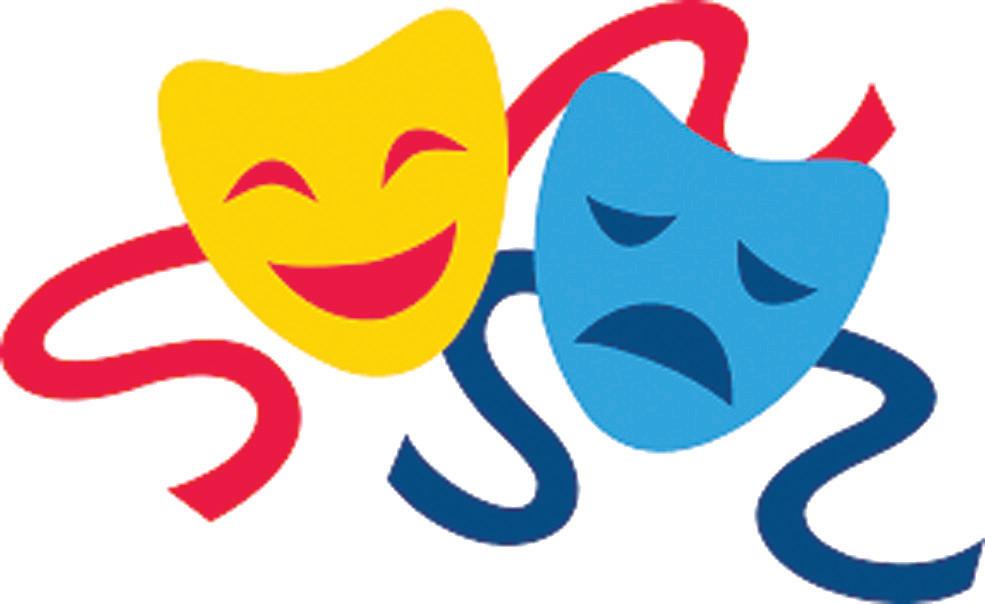
• Rumors A Neil Simon farce.
October 24 - November 16; previews October 21 - 23
At a posh New York townhouse, the Deputy Mayor’s self-inflicted gunshot wound and his wife’s disappearance spark chaos. As four couples arrive for an anniversary party, secrets unravel and confusion reigns. Misunderstandings multiply in this fast-paced farce filled with cover-ups, rumors, and non-stop comedic twists.
• Ho! Ho! Ho! The Christmas Show
Created by Robert Cacioppo
December 5 - 21, 2025; previews December 2 - 4
A favorite holiday tradition is back and better than ever! Come celebrate the most wonderful time of the year with this original musical revue brimming with love, laughter, and all your favorite holiday songs.
• Little Women Based on Louisa May Alcott’s Classic Novel
January 9 - February 1; previews January 6 - 8
A story that swept the nation is brought to life in this epic musical! Full of showstopping melodies and uplifting spirit. This timeless tale about the enduring power of family is guaranteed to capture your heart and astonish!

• Over the Tavern By Tom Dudzick
February 13 - March 8; previews February 10 - 12
A beguiling family comedy set in Buffalo in the Eisenhower 1950s. The Pazinski family has a lot going on in their cramped apartment over Dad’s bar. But all hell breaks loose, when 12-year-old, wisecracking Rudy questions being Catholic.
• 4,000 Miles By Amy Herzog March 20 - April 5; previews March 17 - 19
A Pulitzer Prize Finalist! After a crosscountry bike trip, young Leo makes an unplanned visit to his feisty 91-year-old grand-mother Vera in her Greenwich Village apartment. Over the course of a single month these unlikely roommates, infuriate, bewilder, and ultimately reach each other in this charming dramedy.
By Giulia Melucci
April 17 - May 3; previews April 14 - 16
This tasty comedy invites you into Giulia’s kitchen as she recounts a string of botched romances and failed love affairs while preparing a home cooked meal.